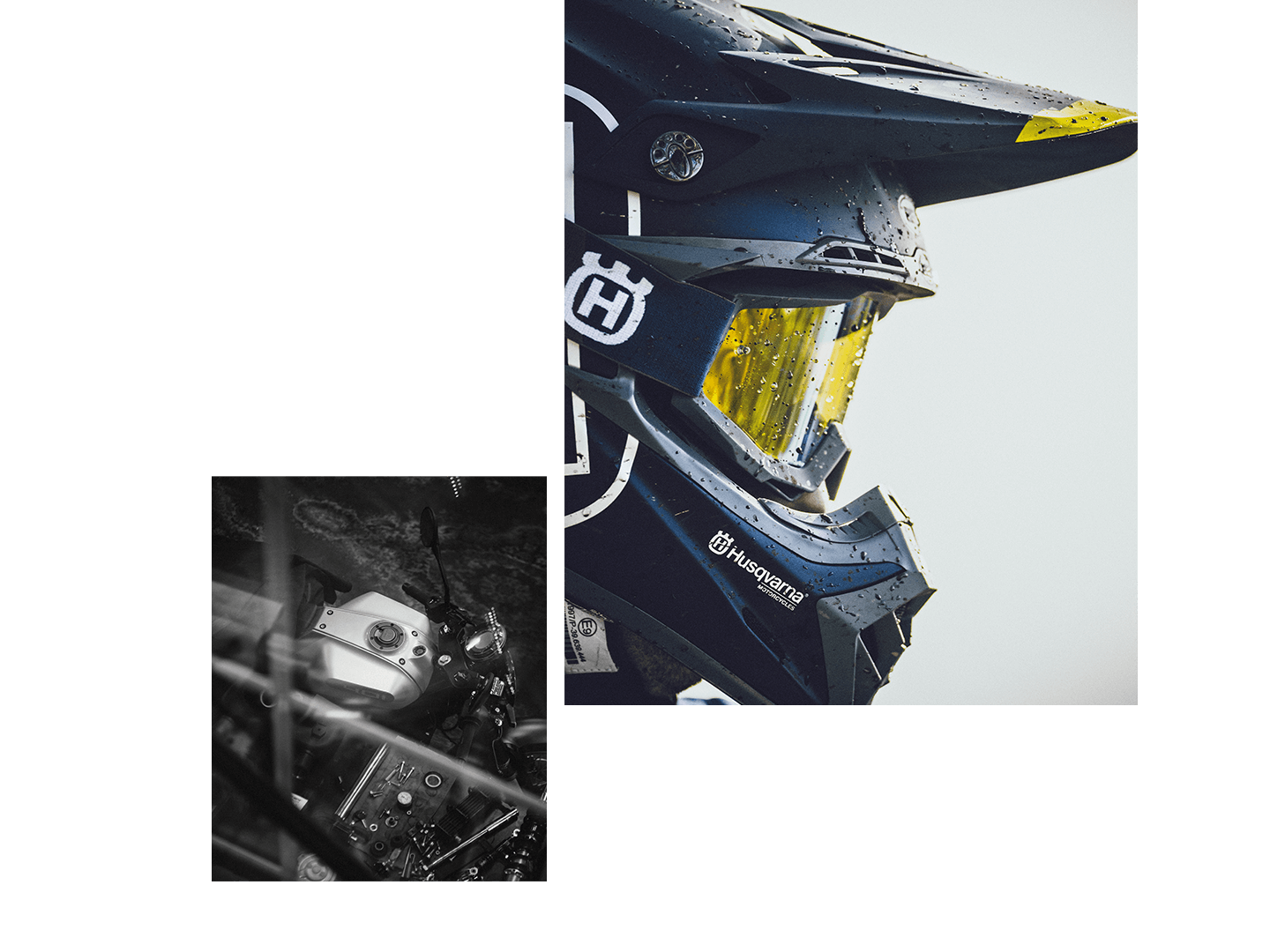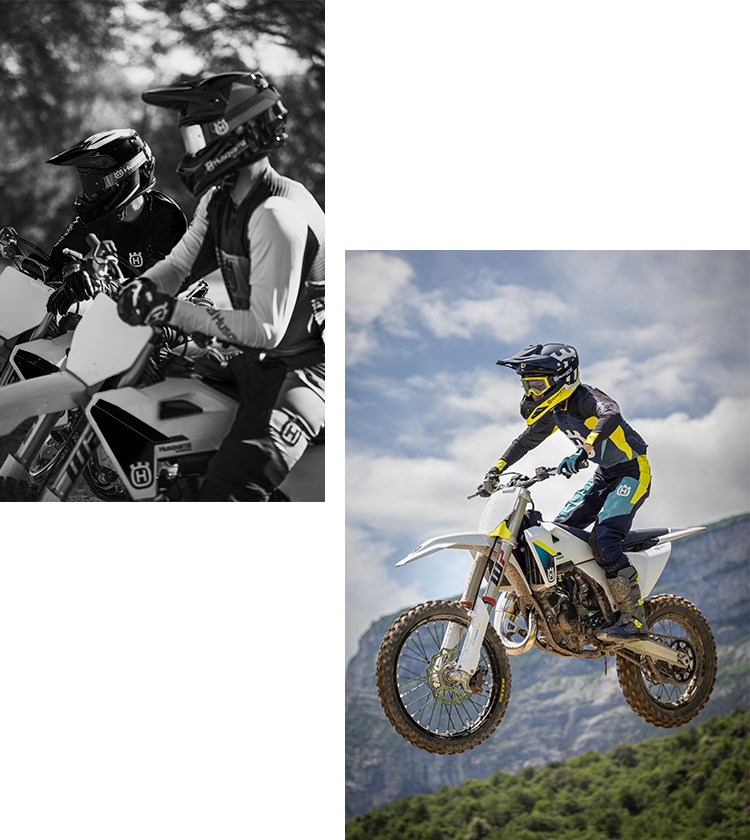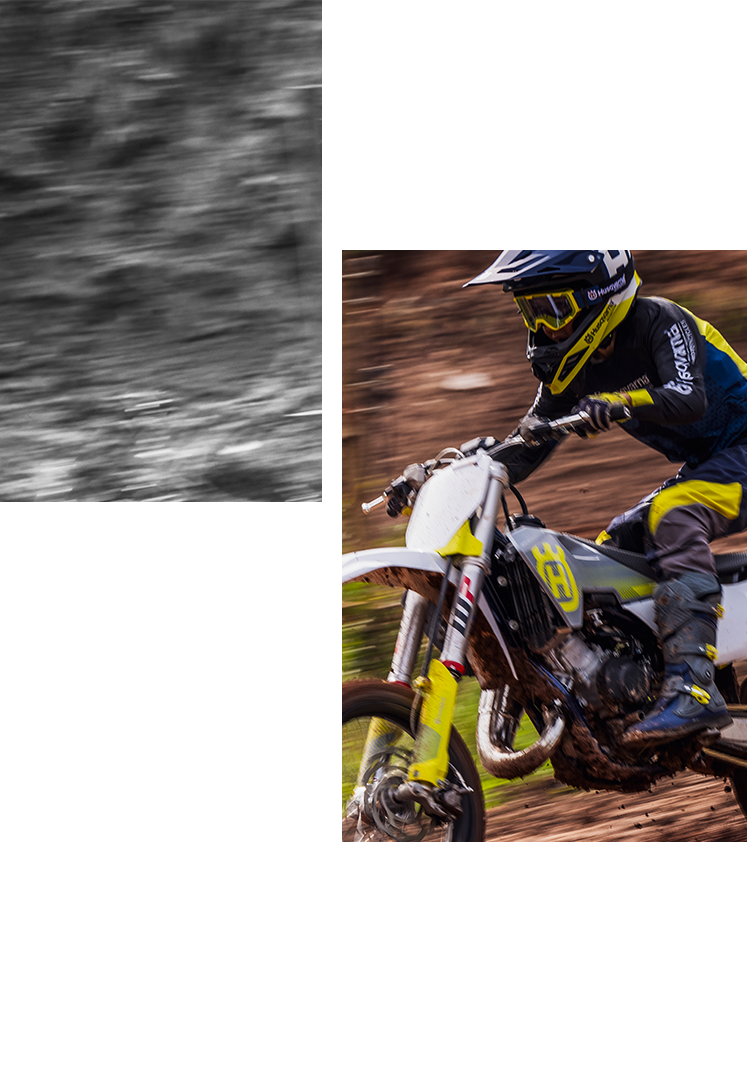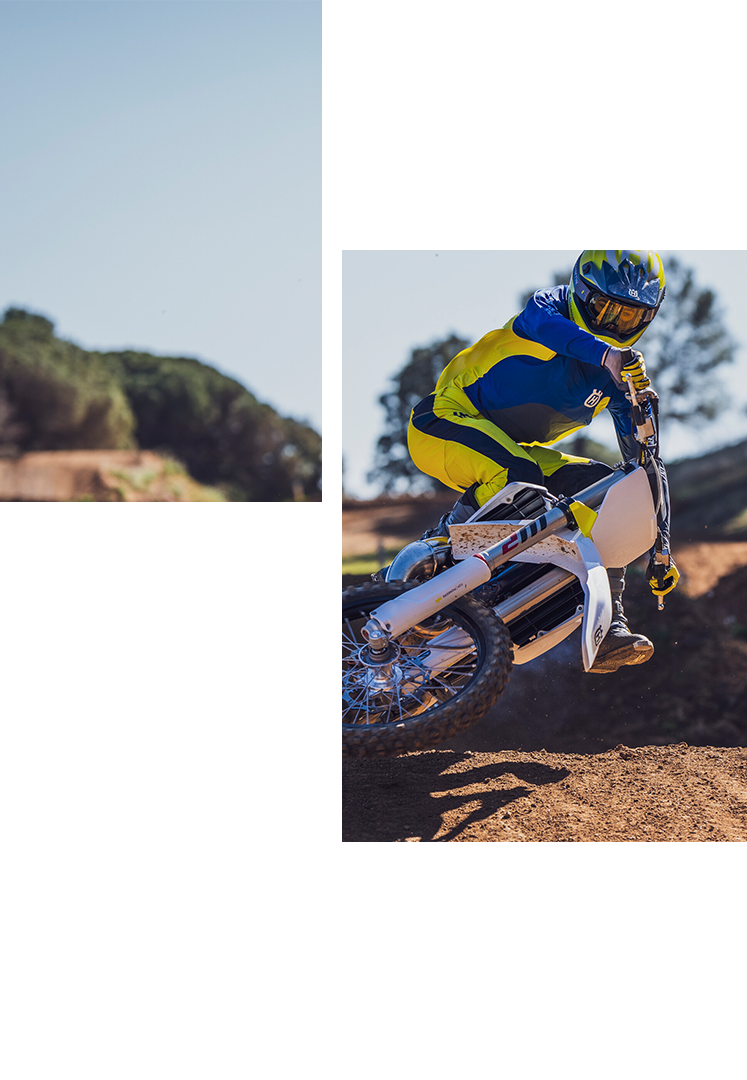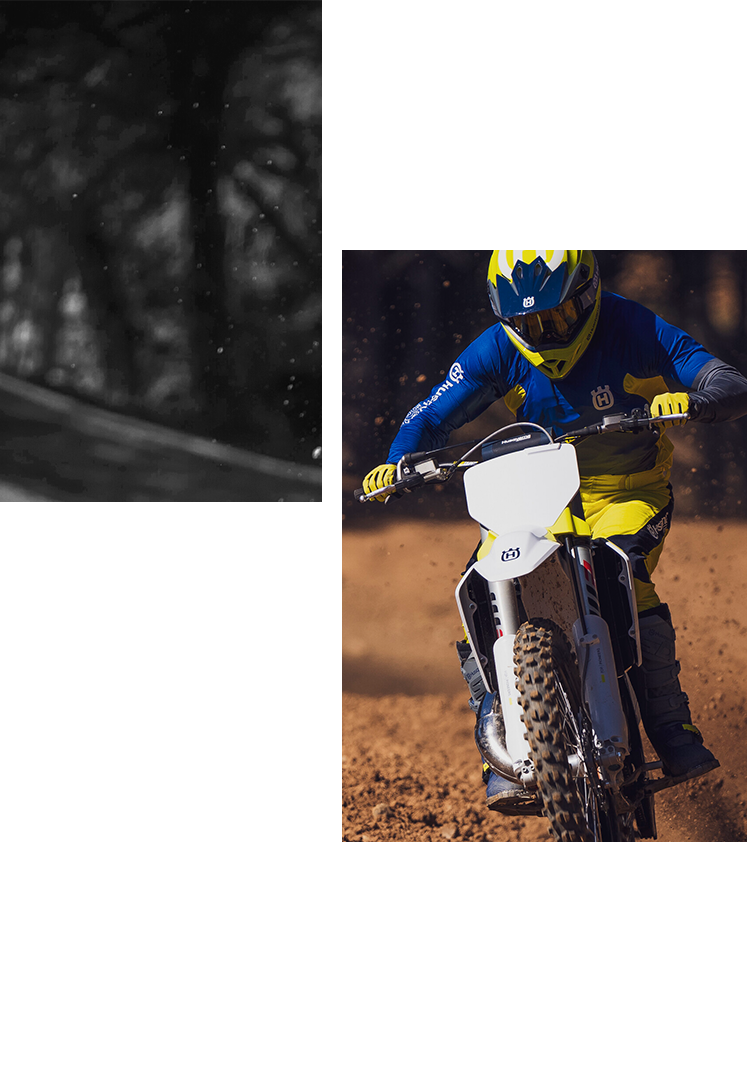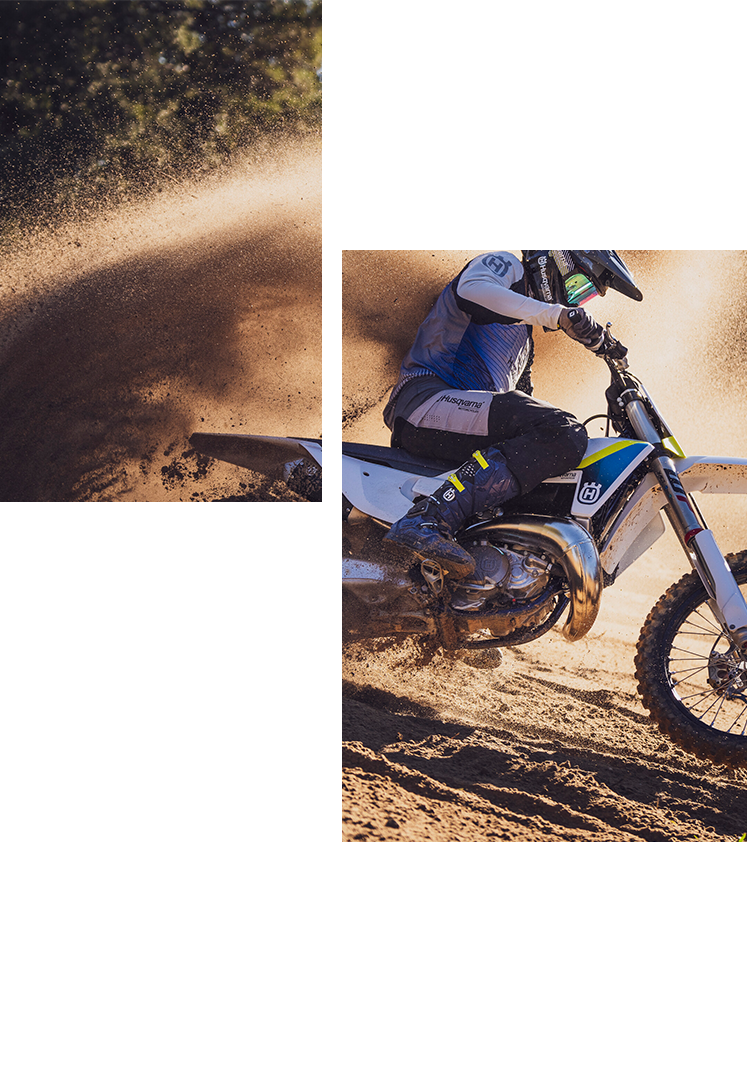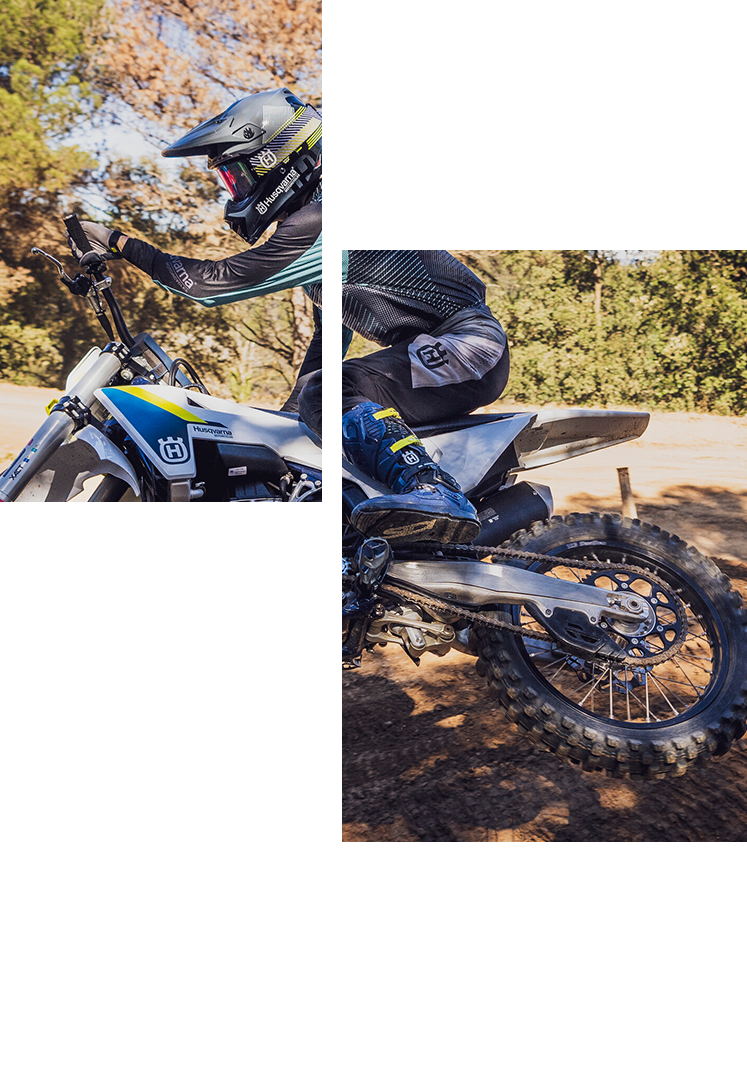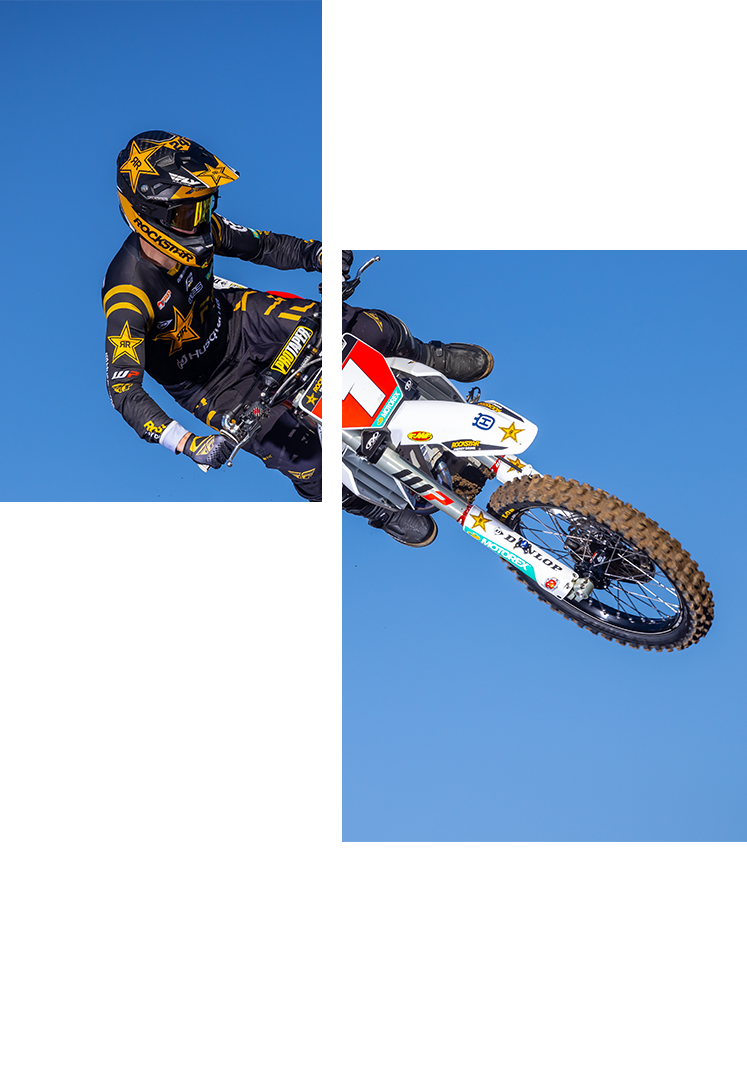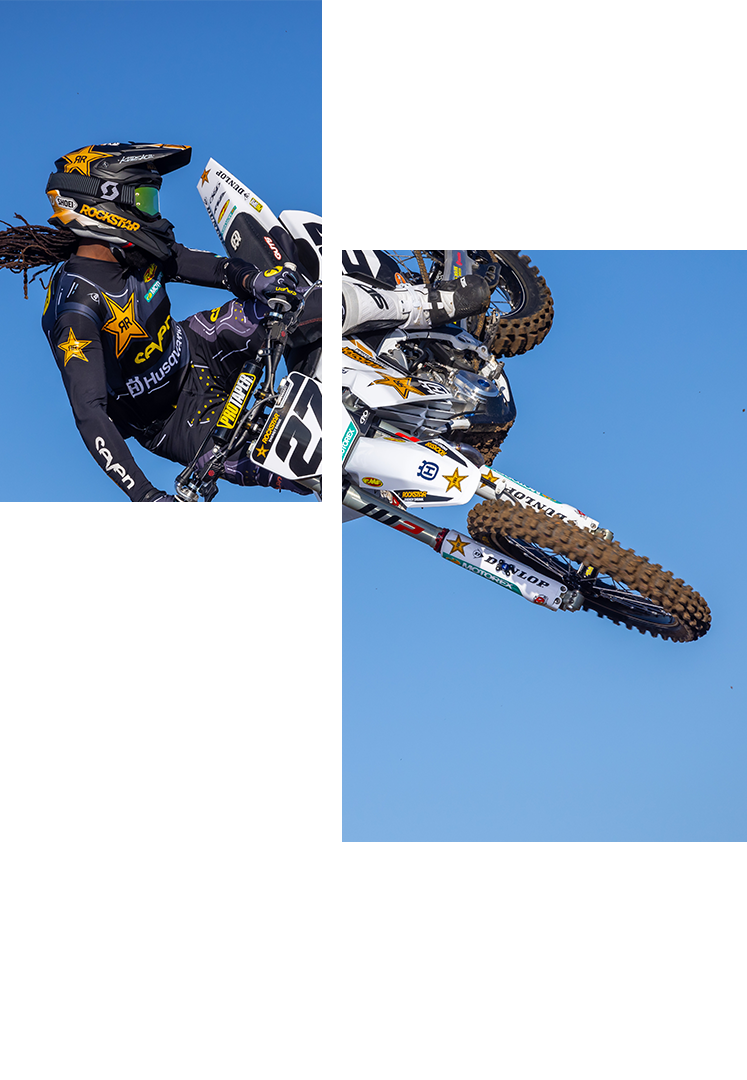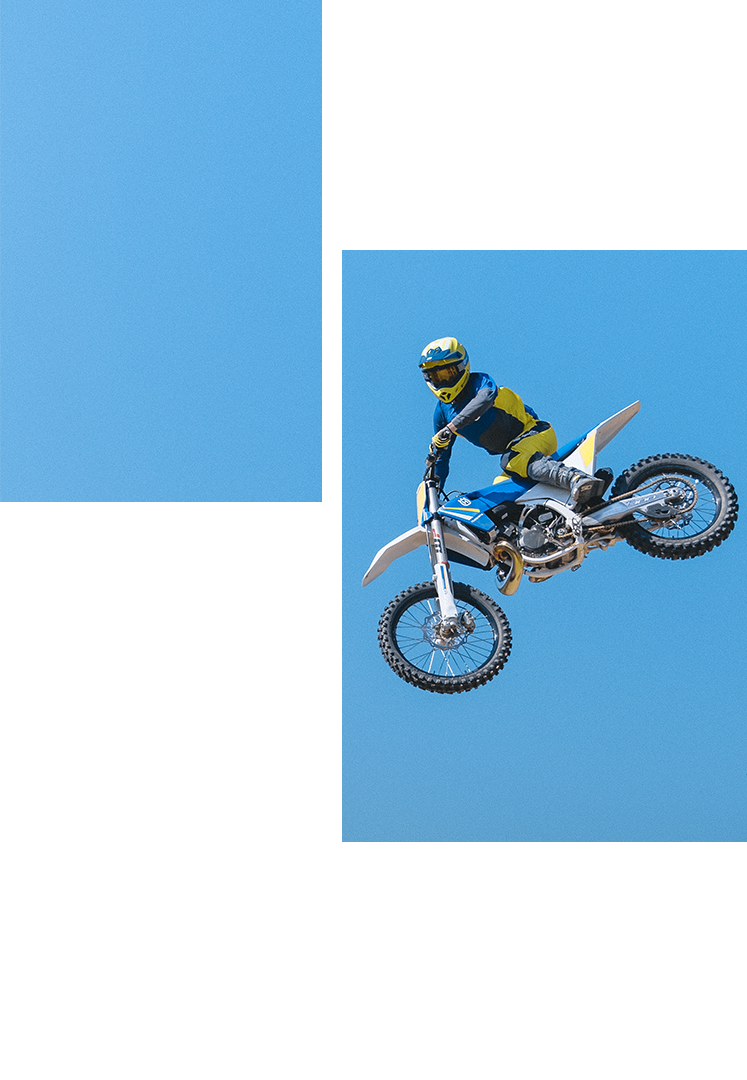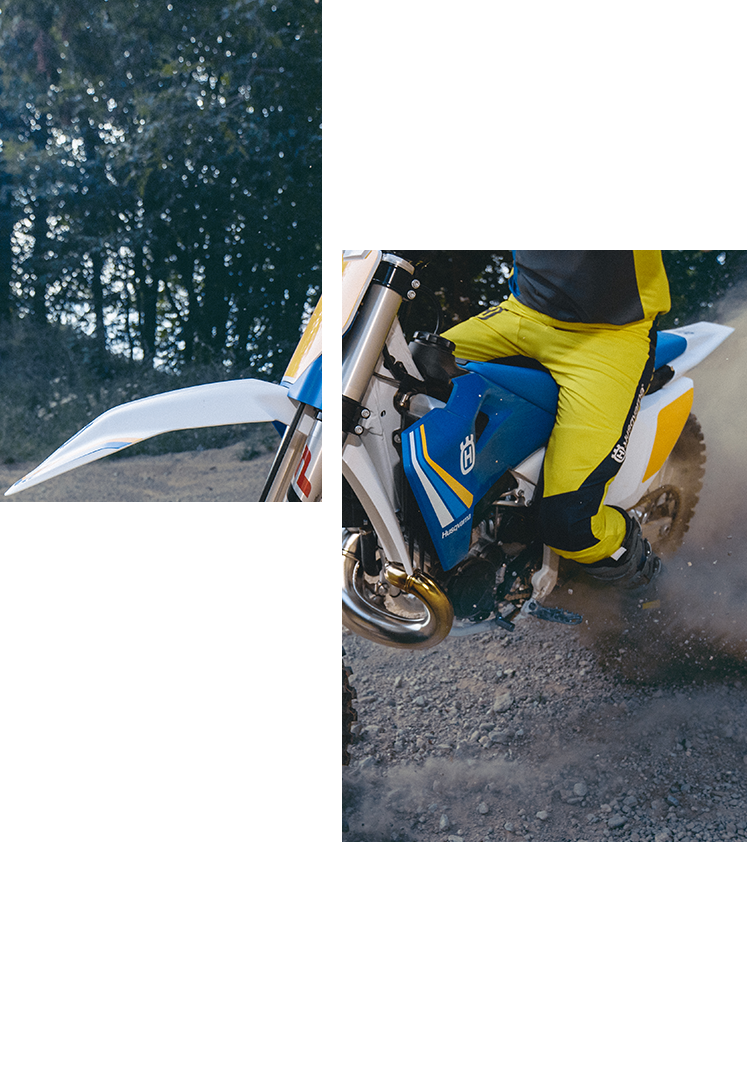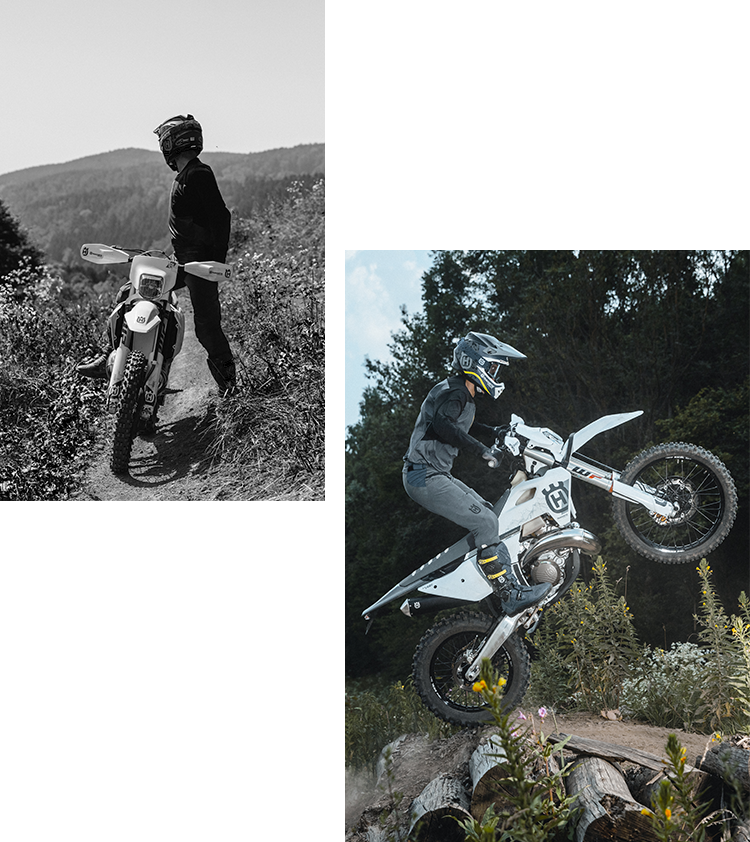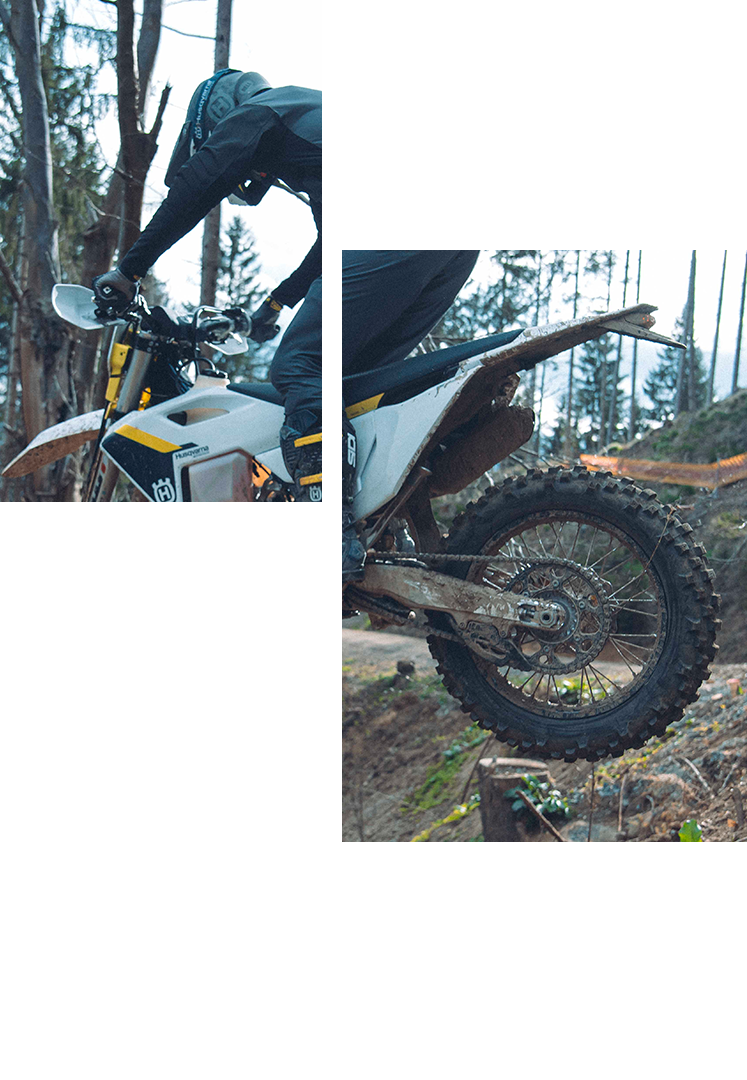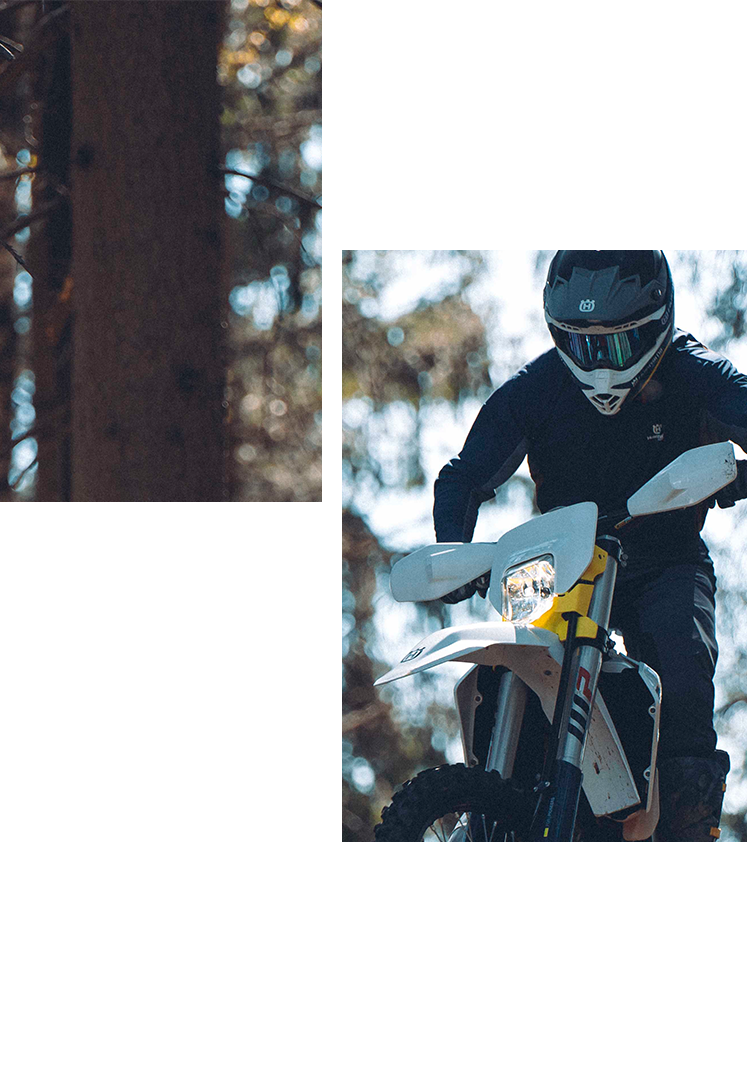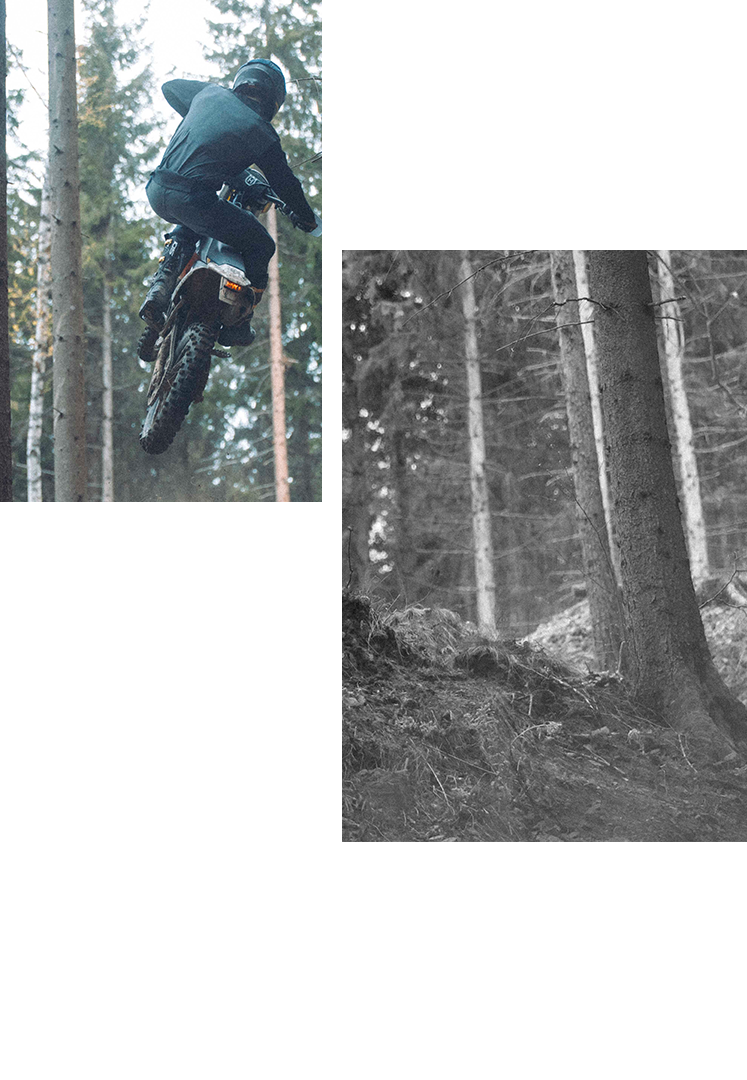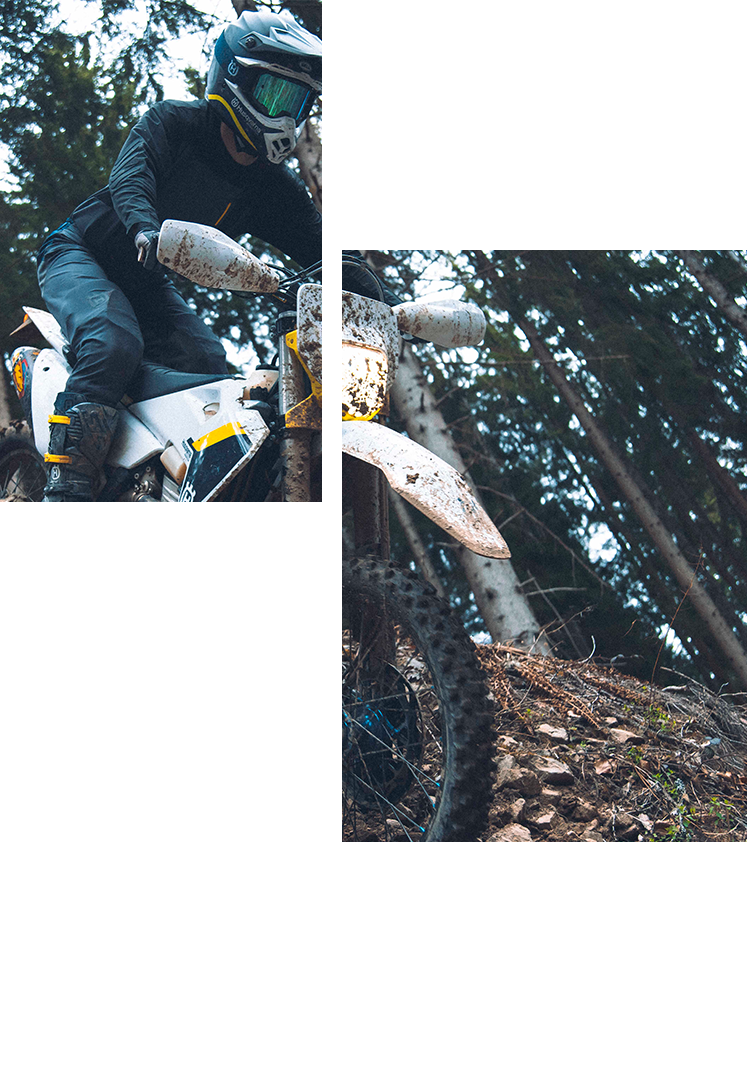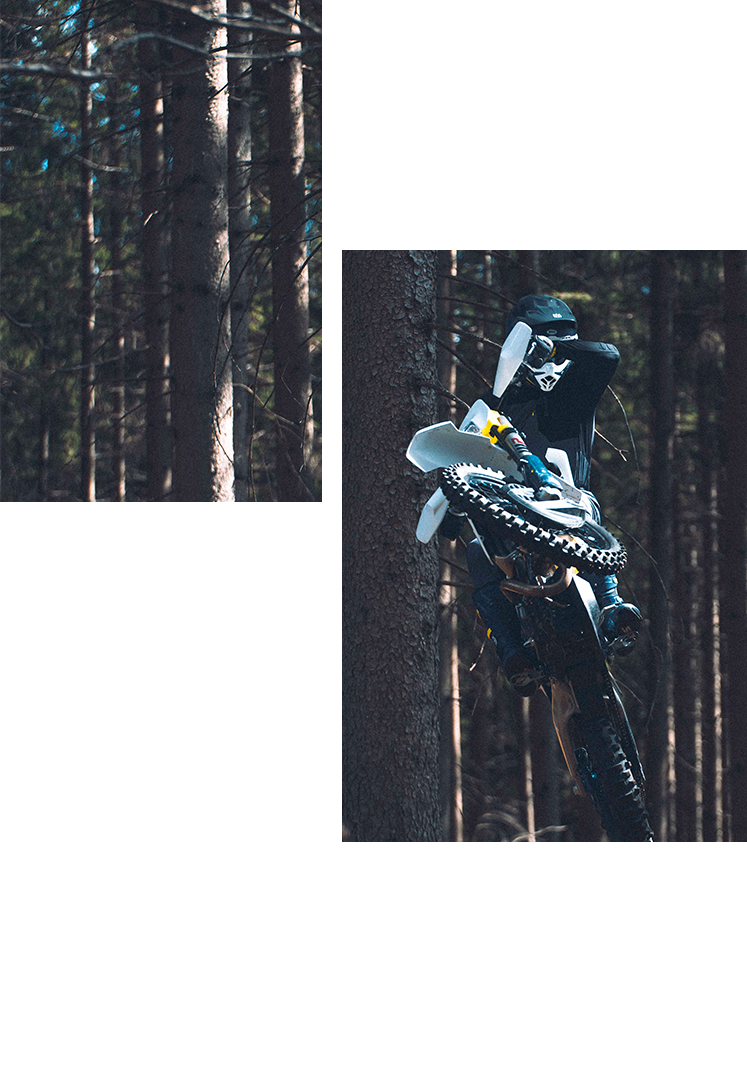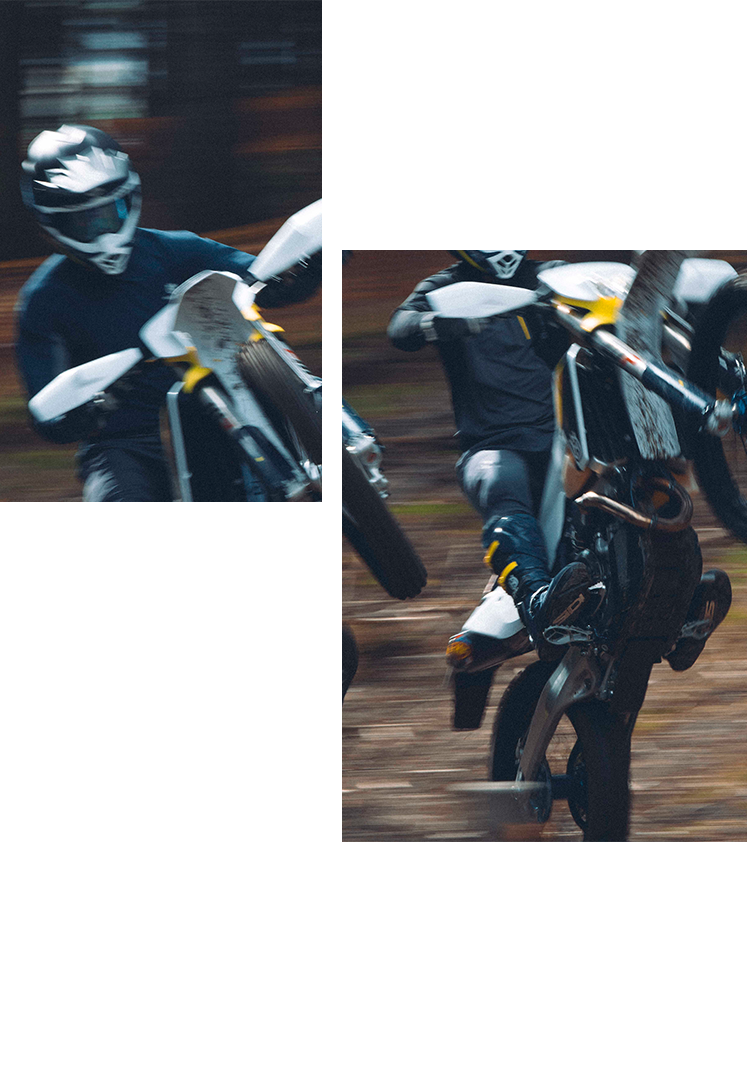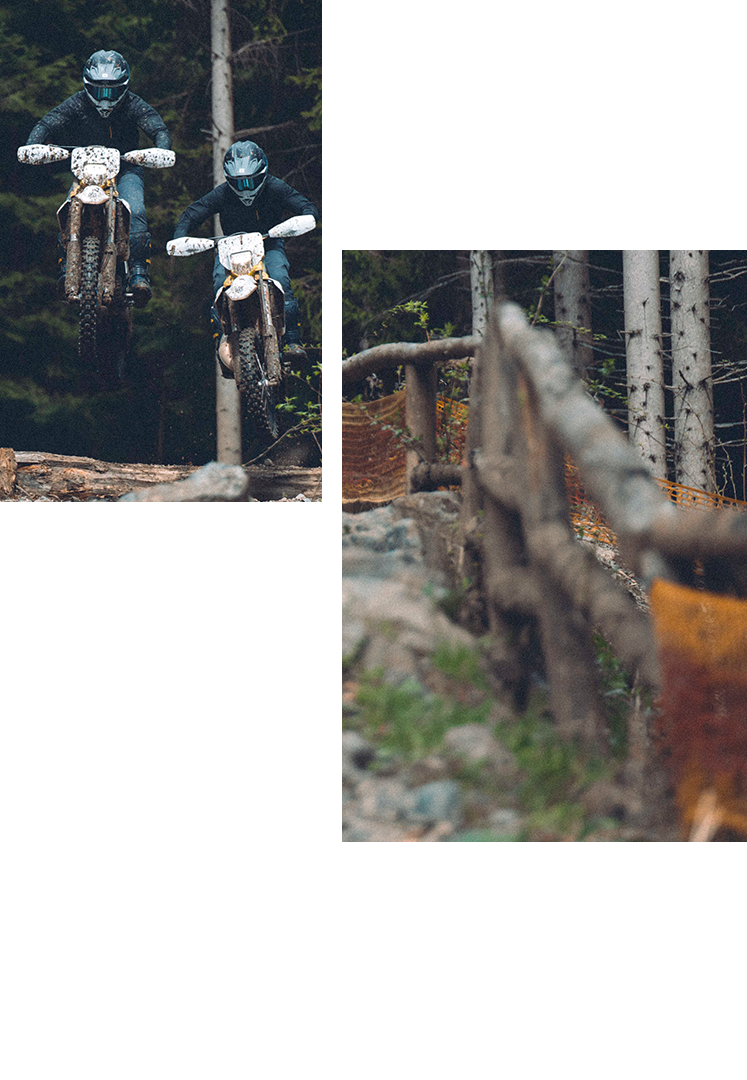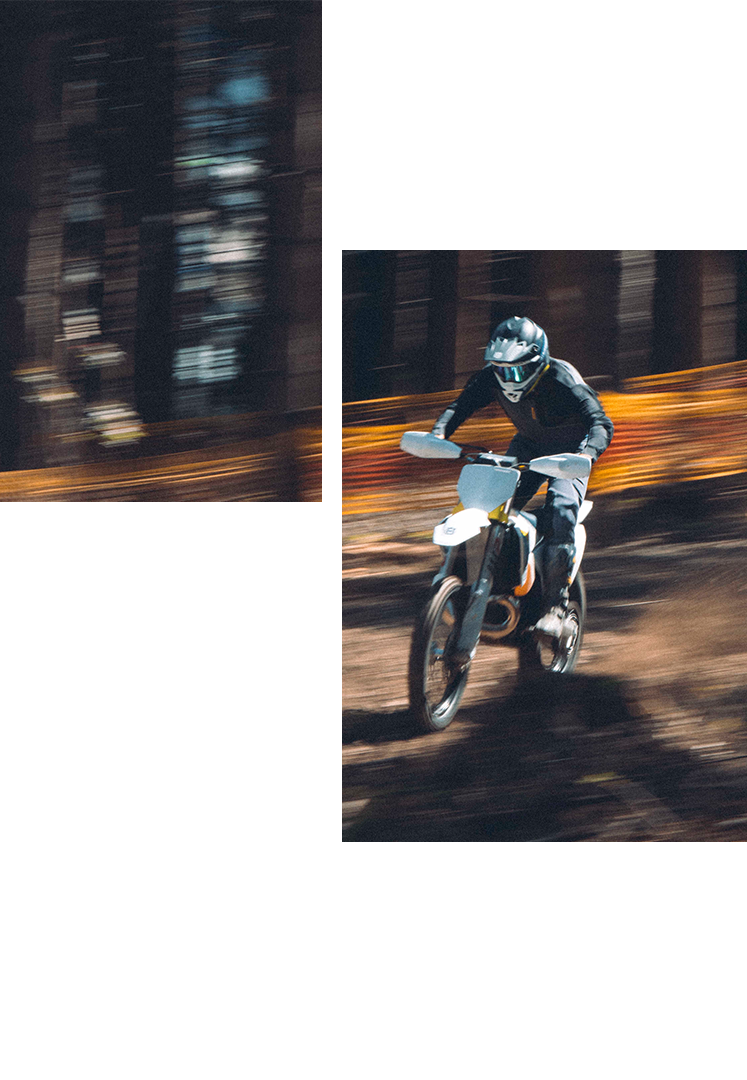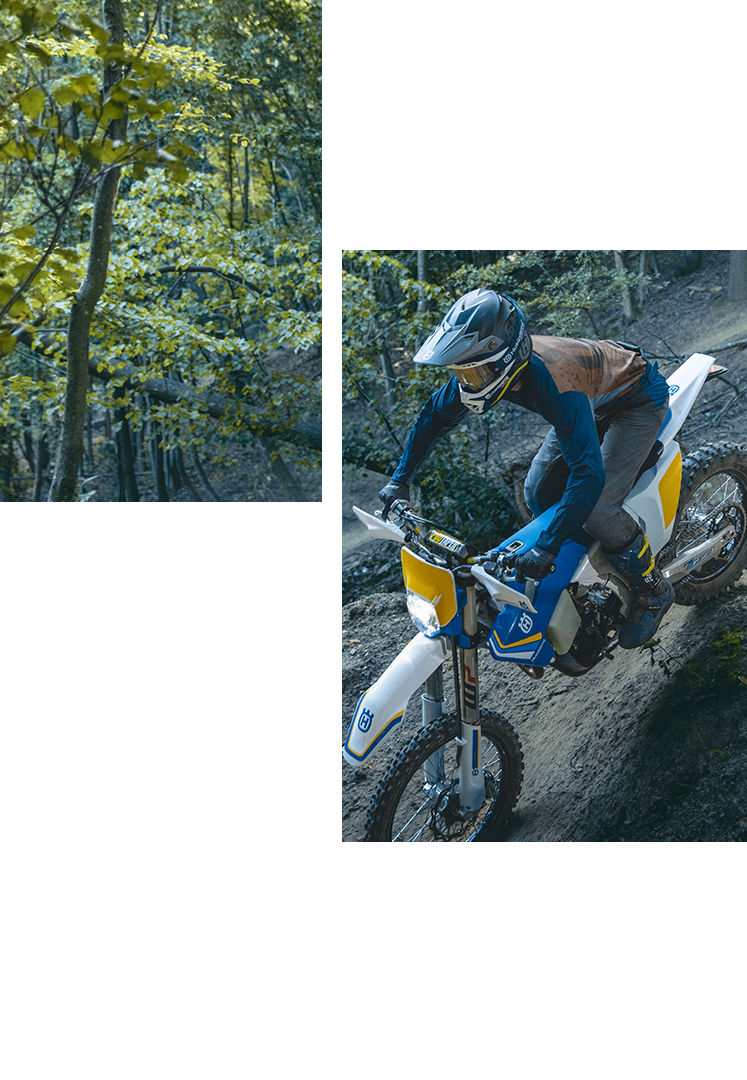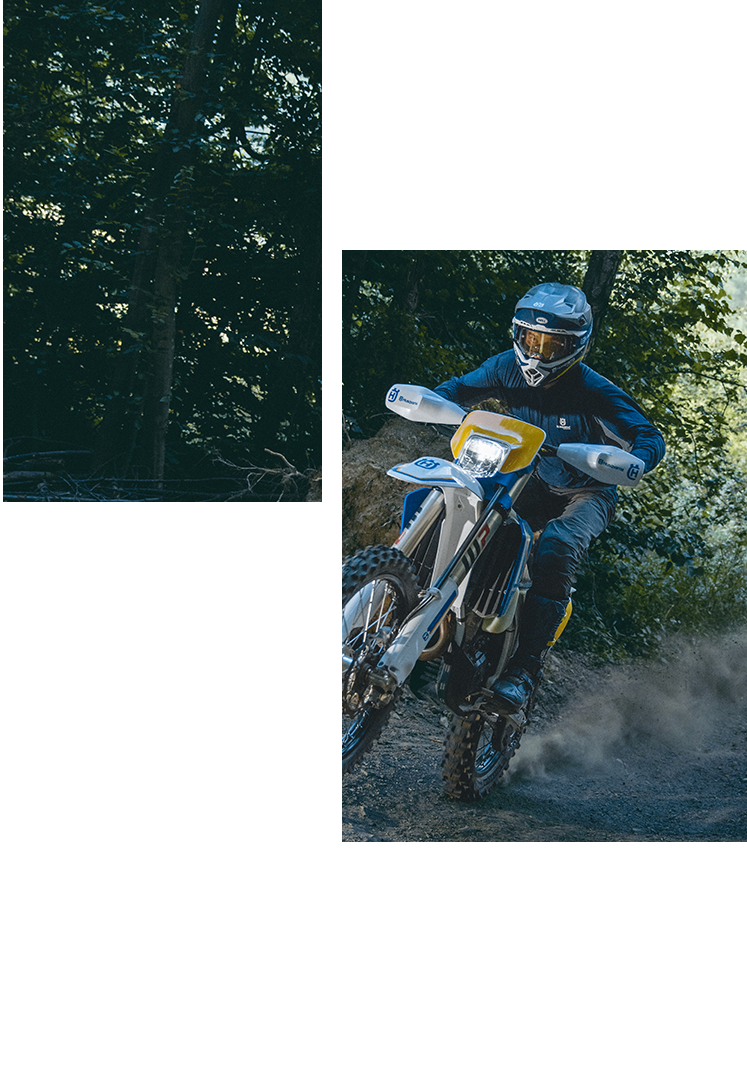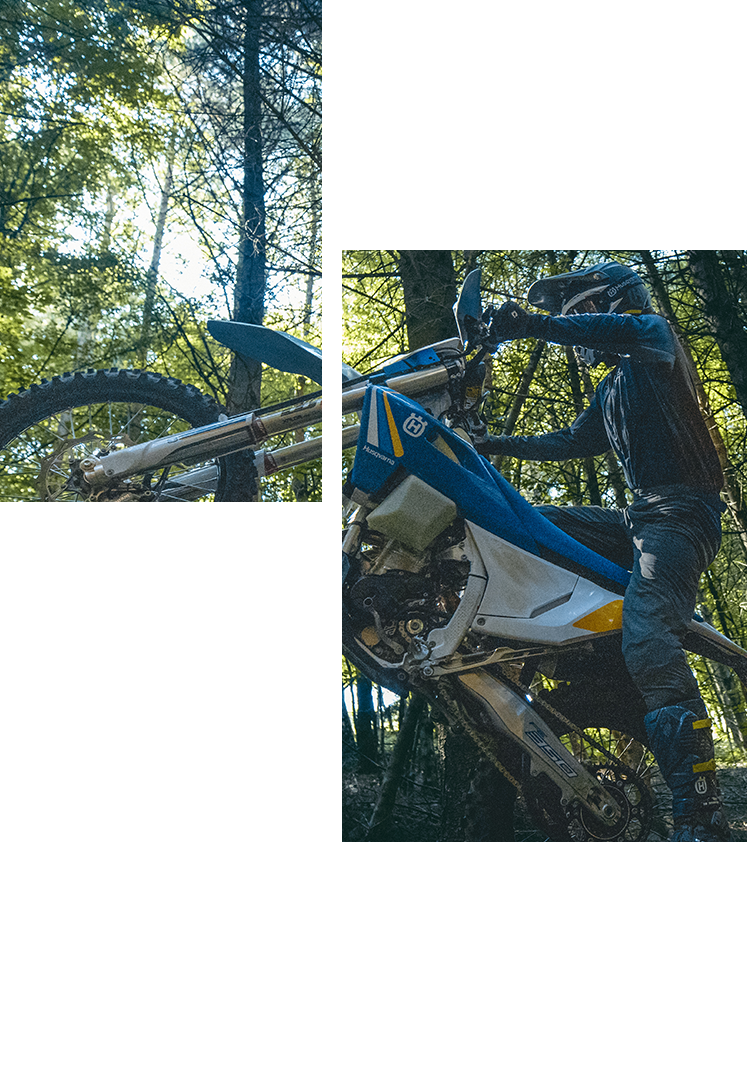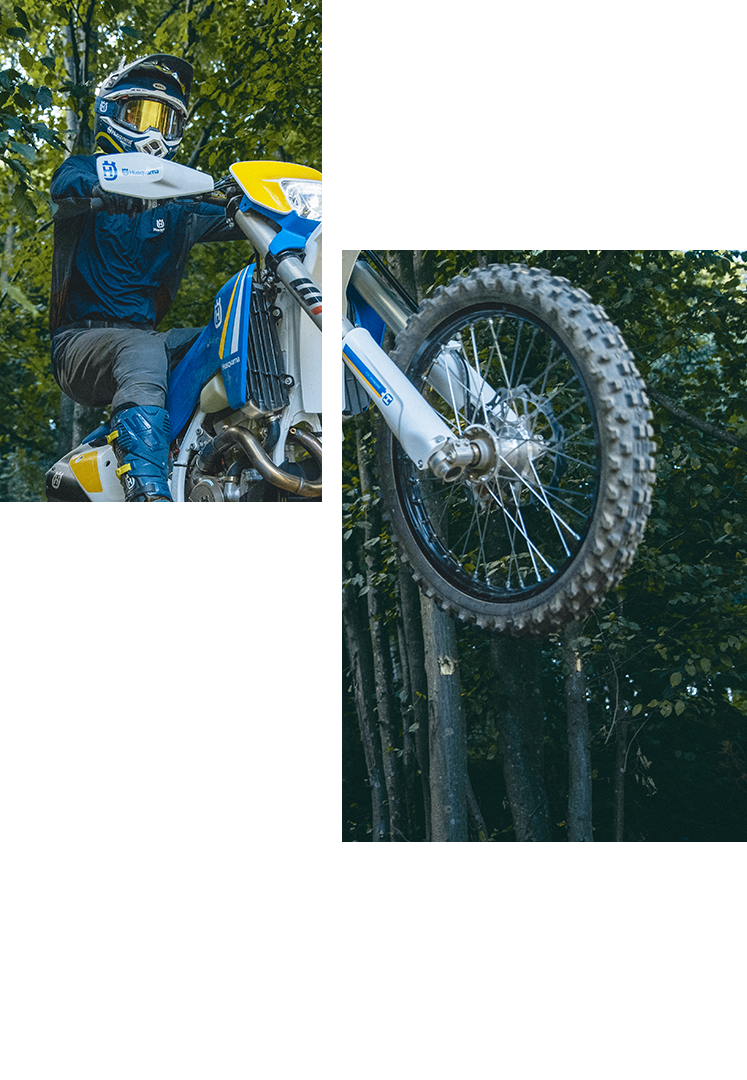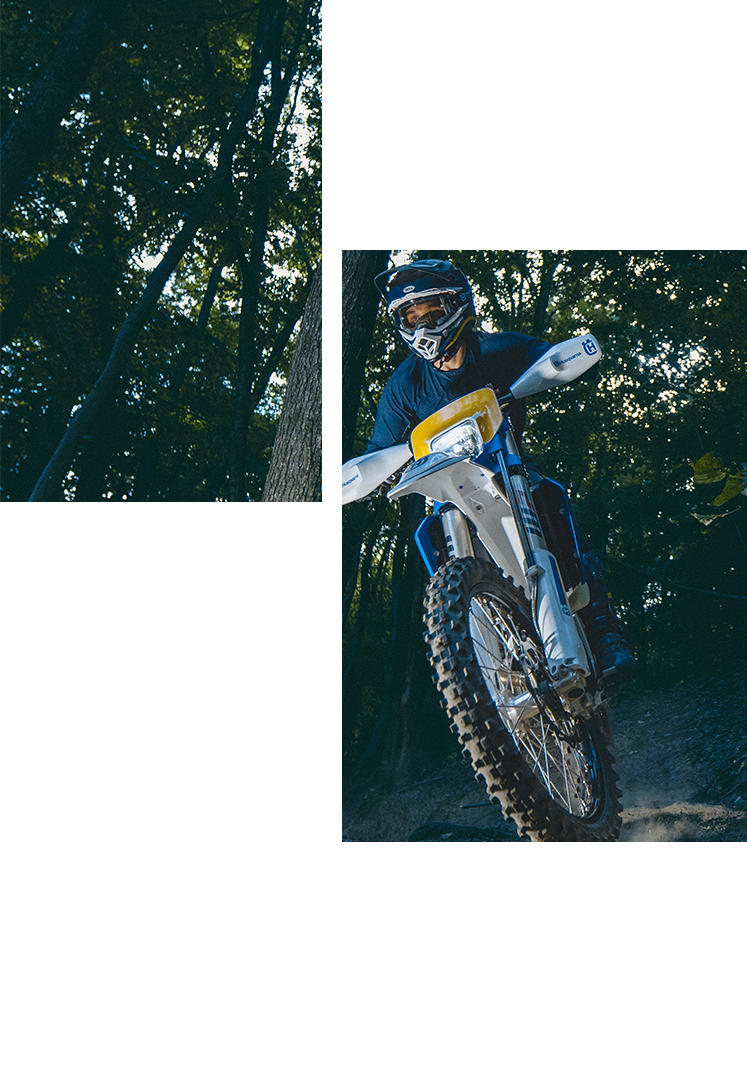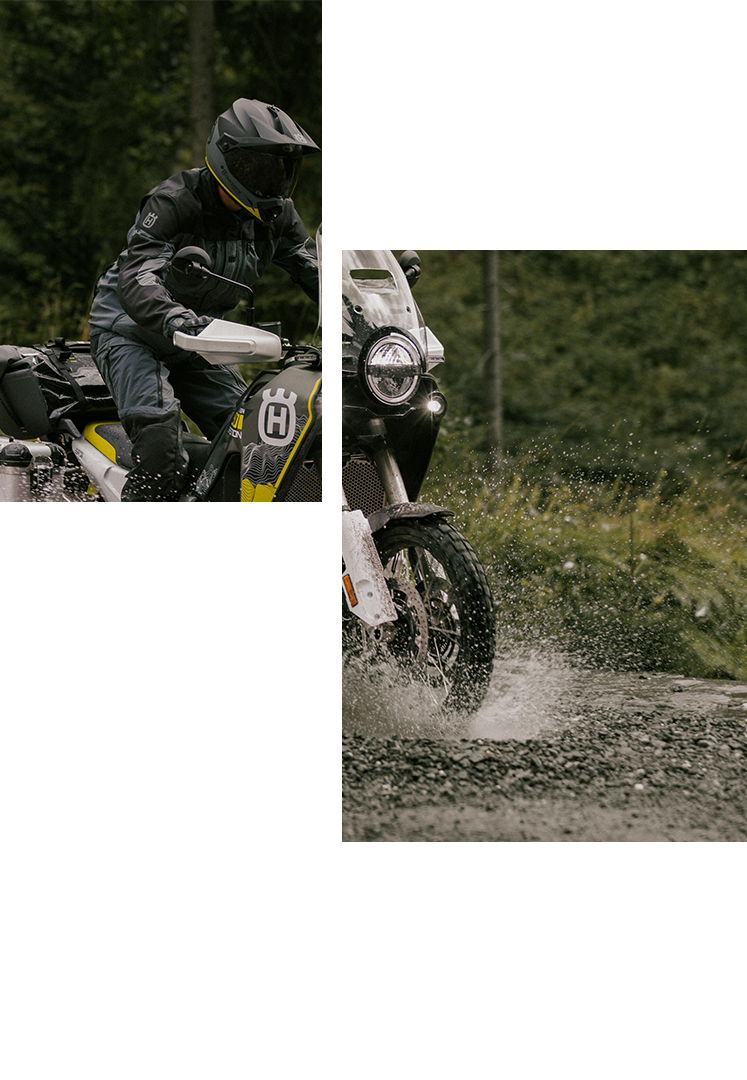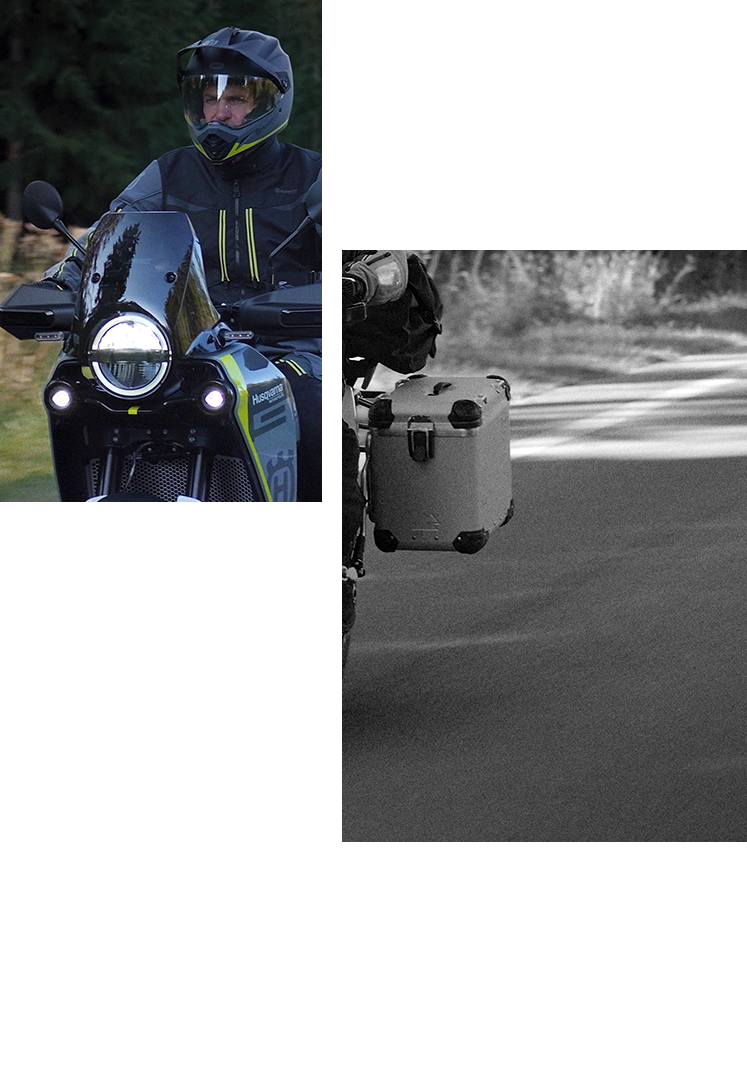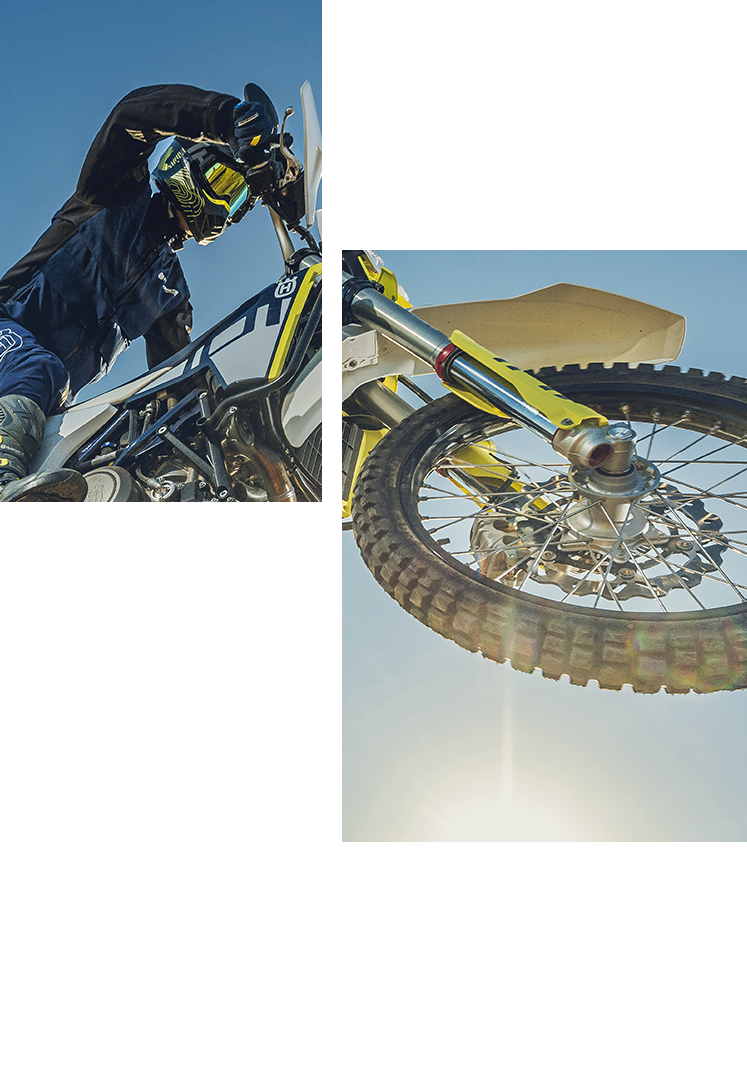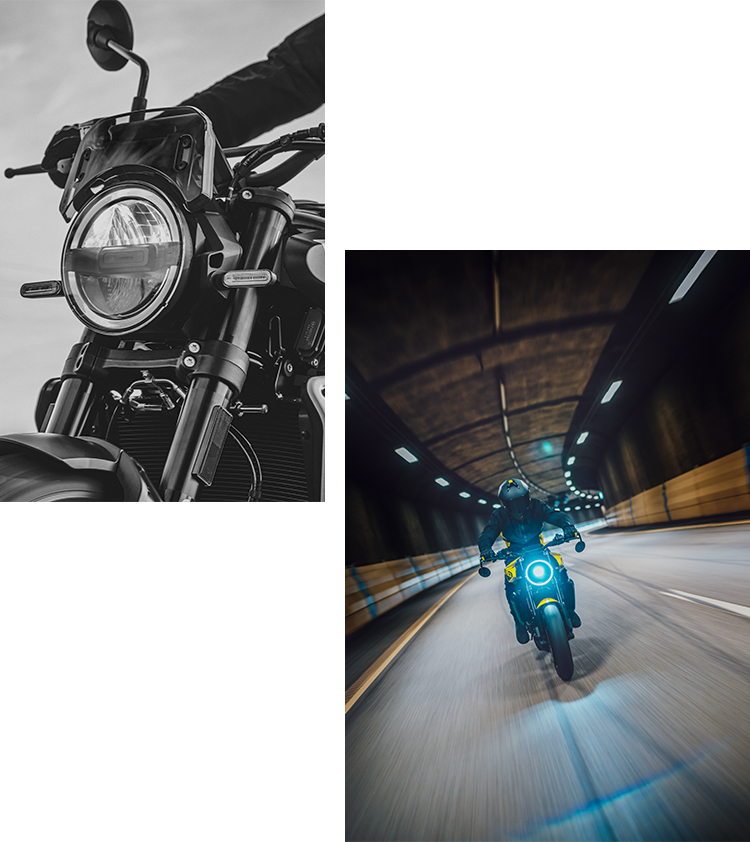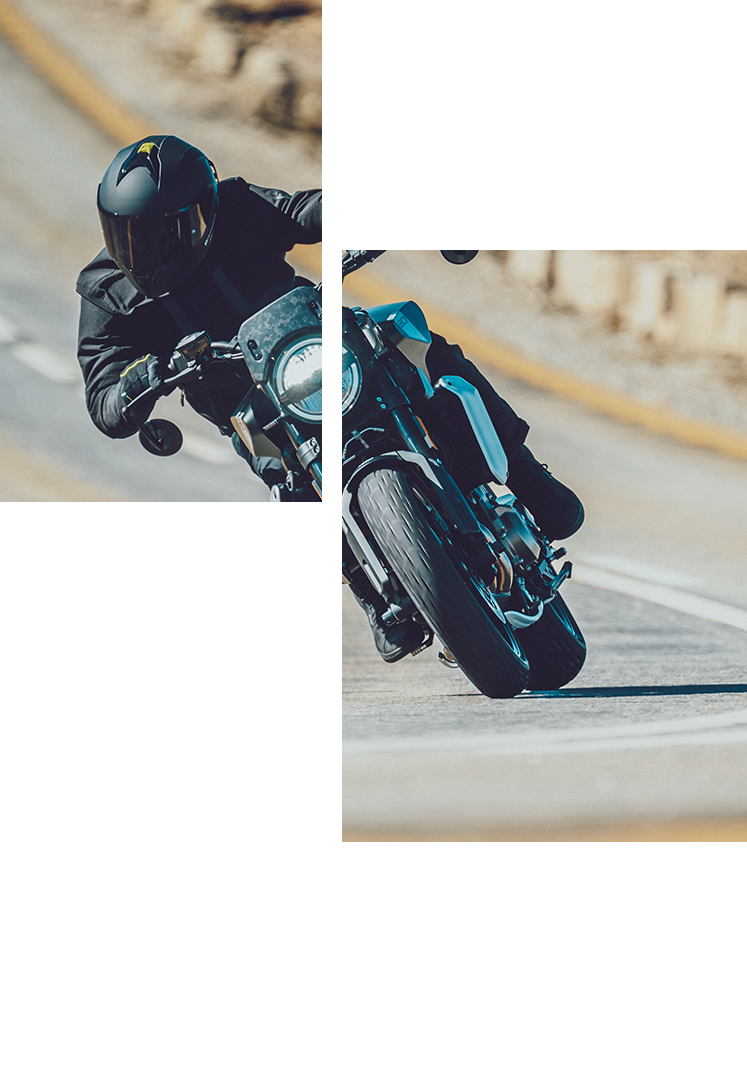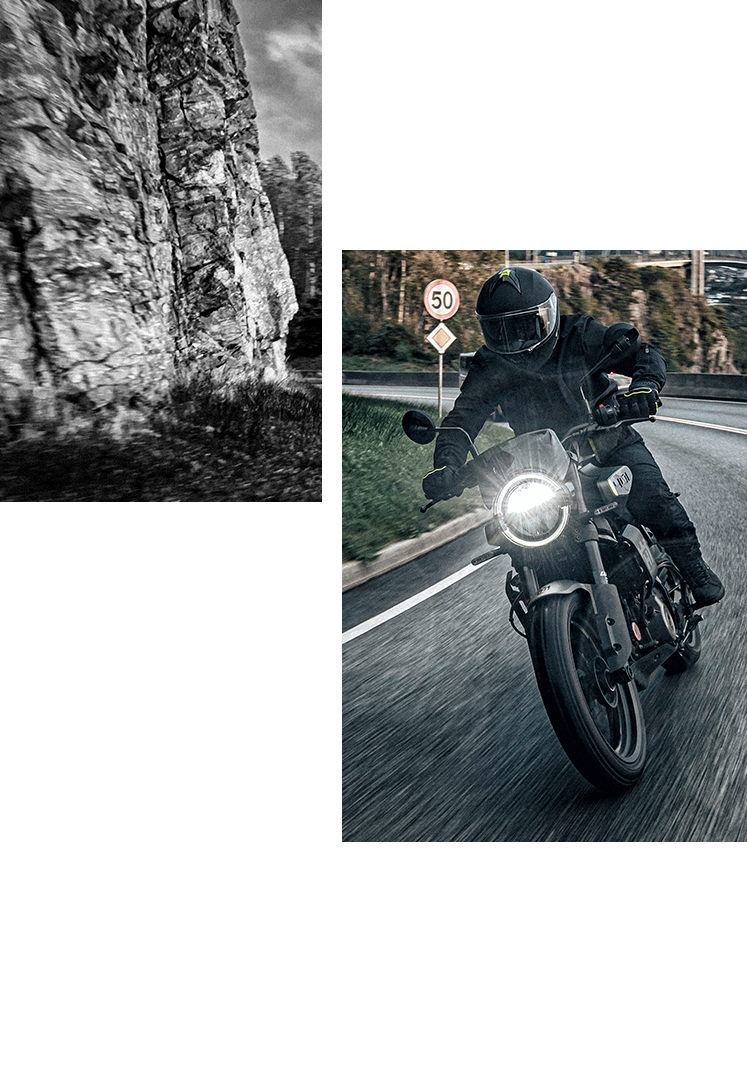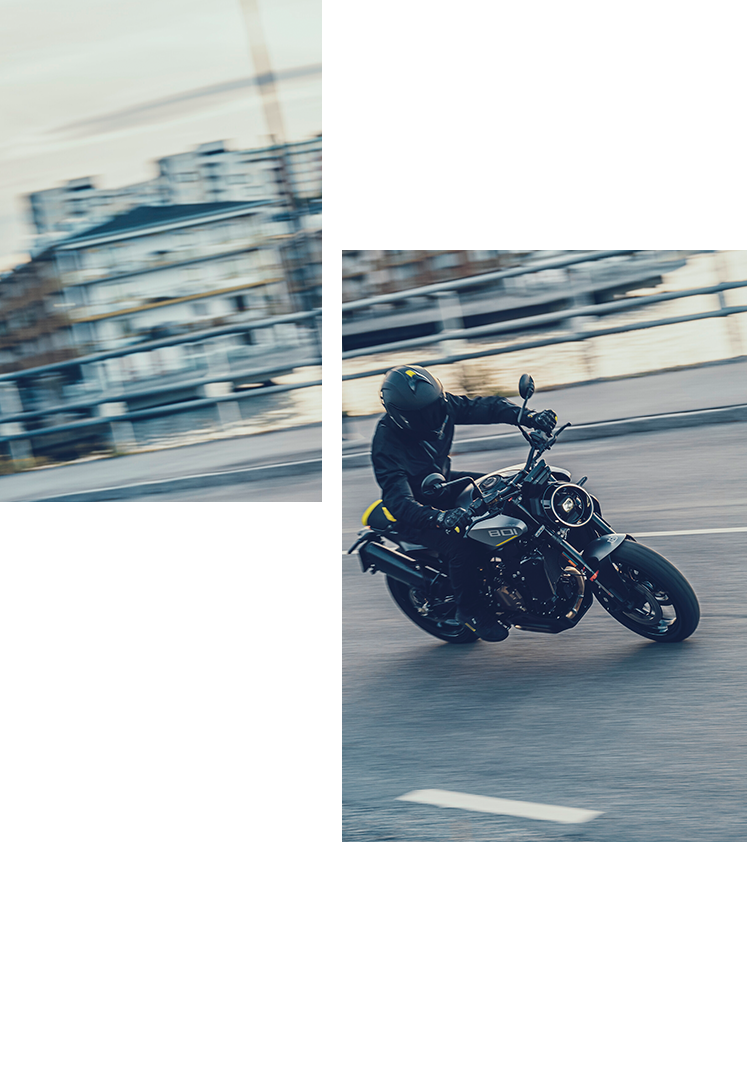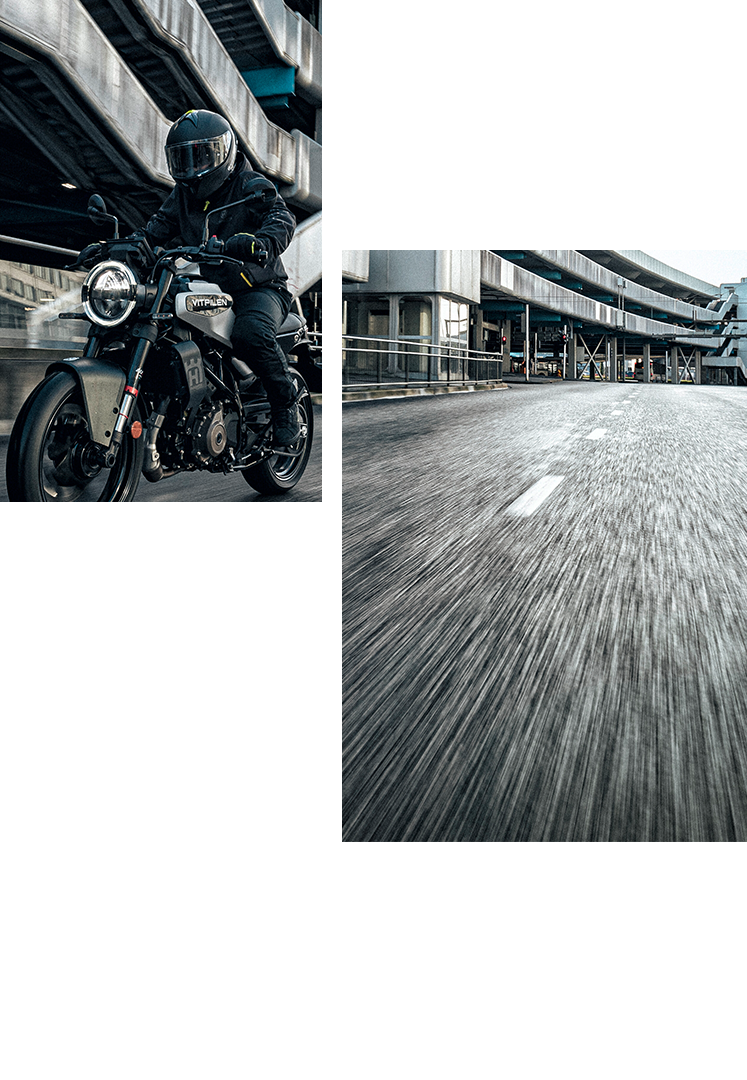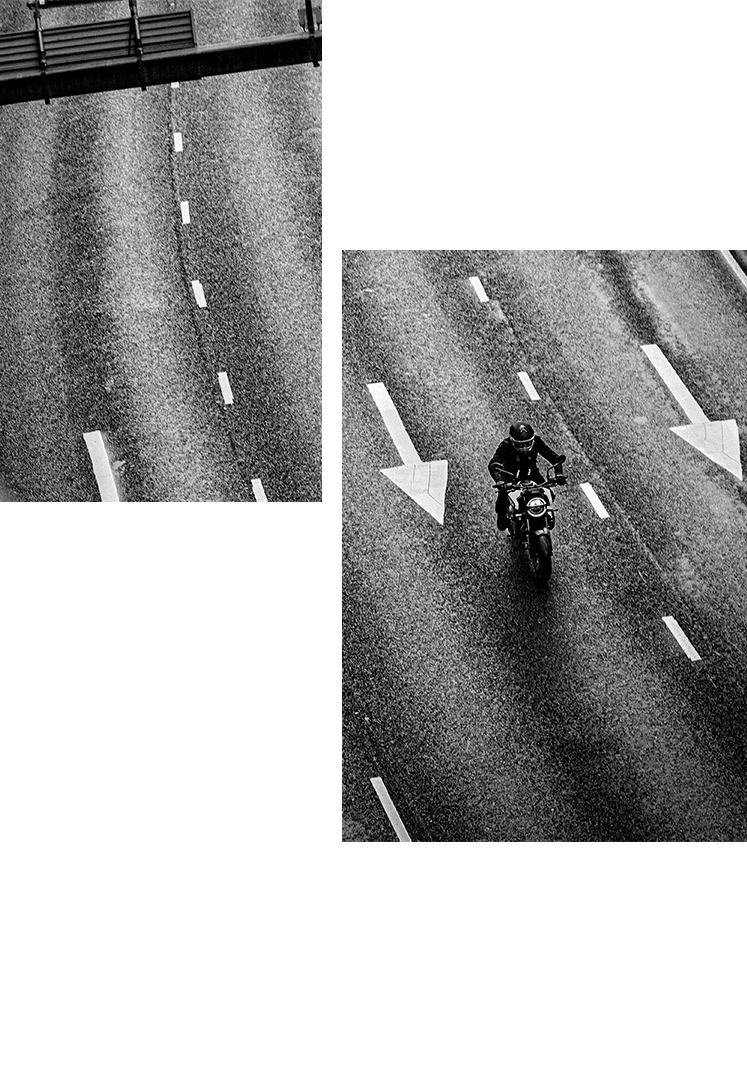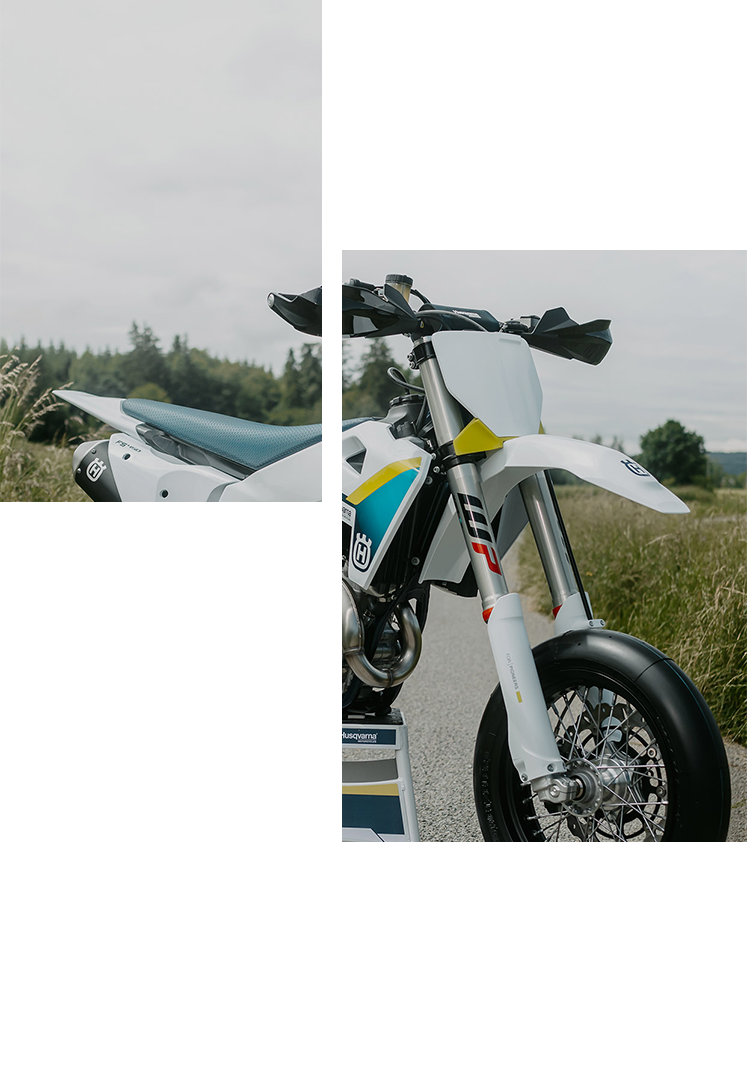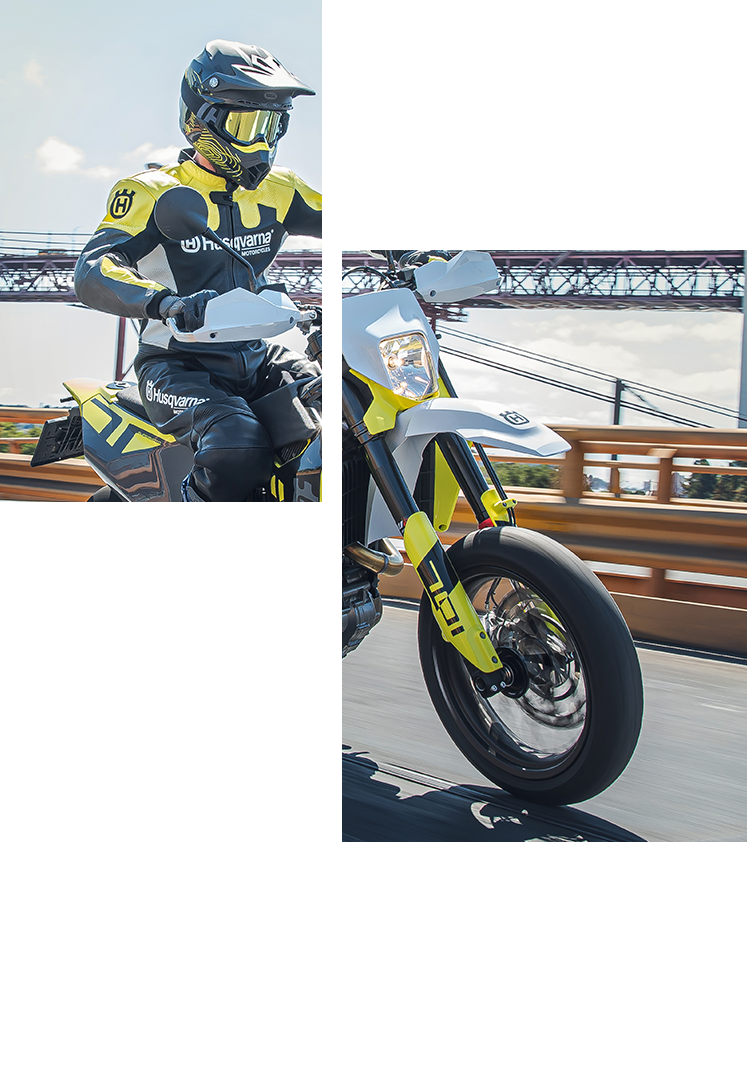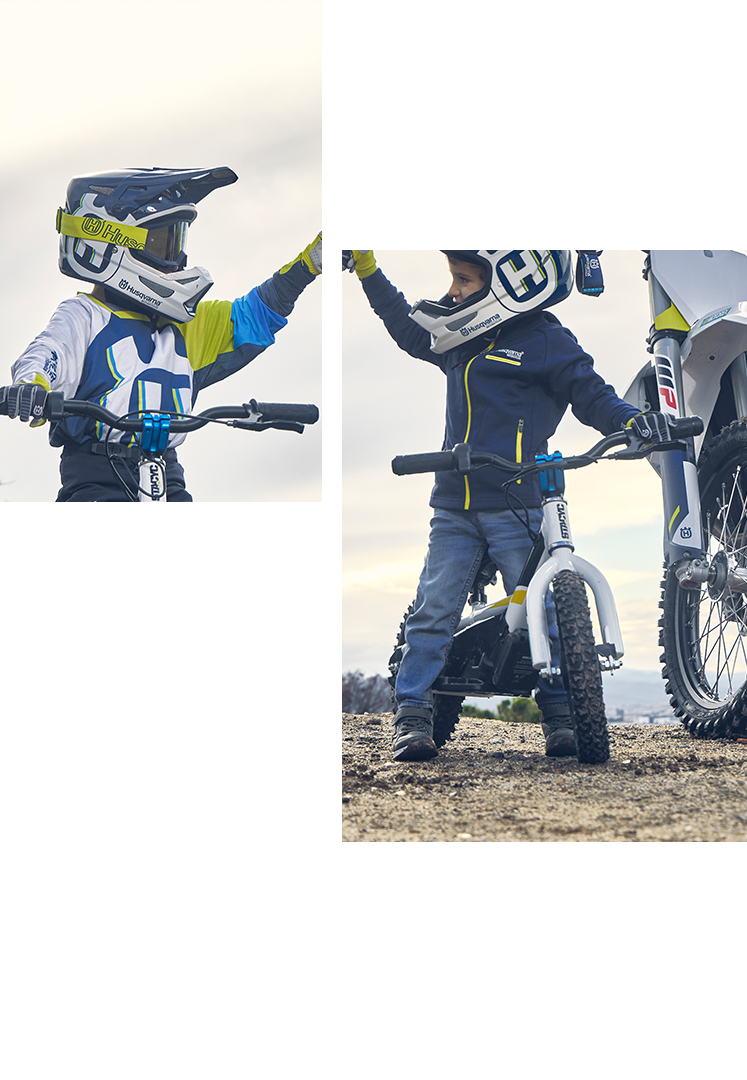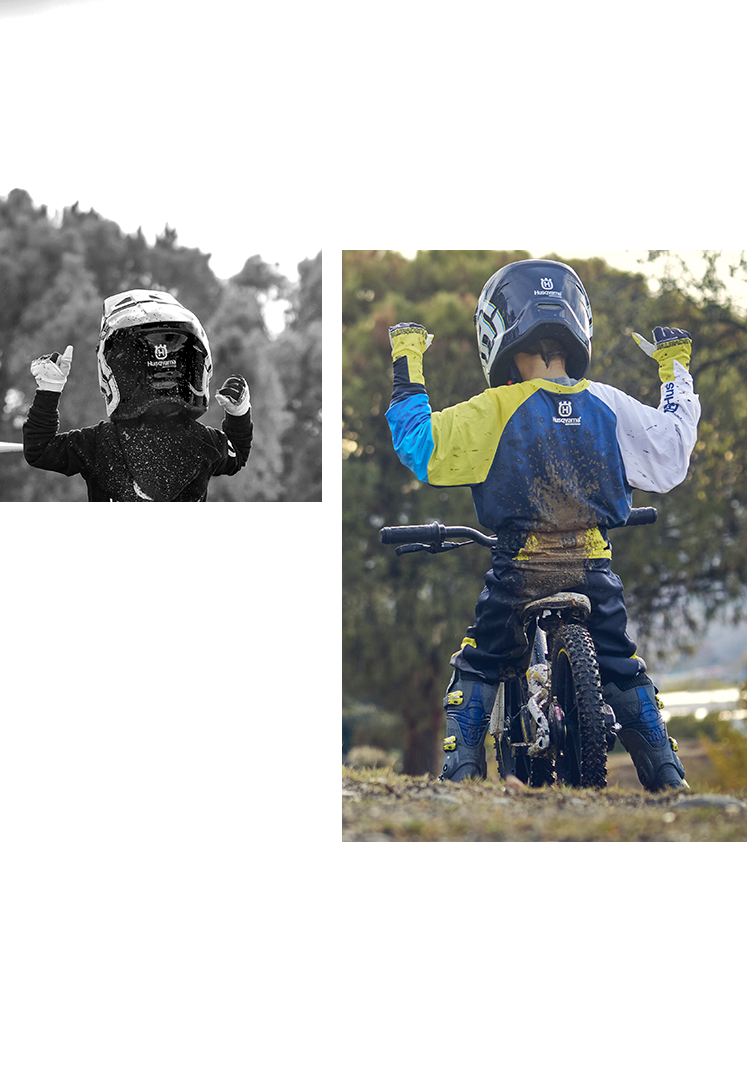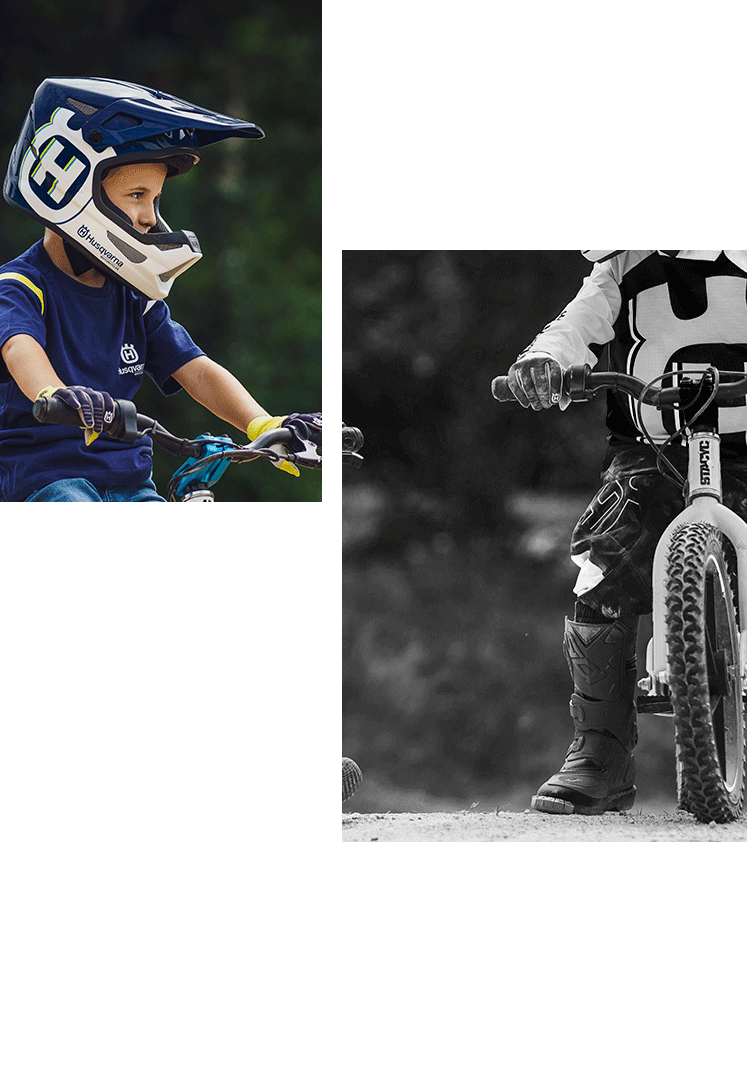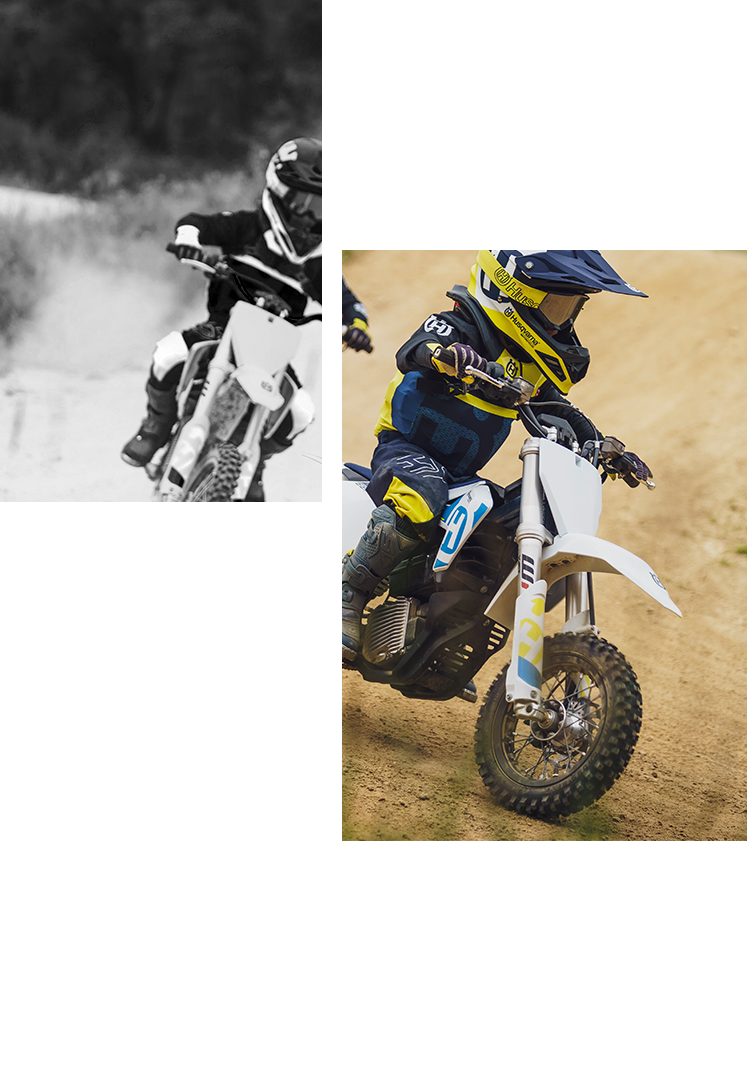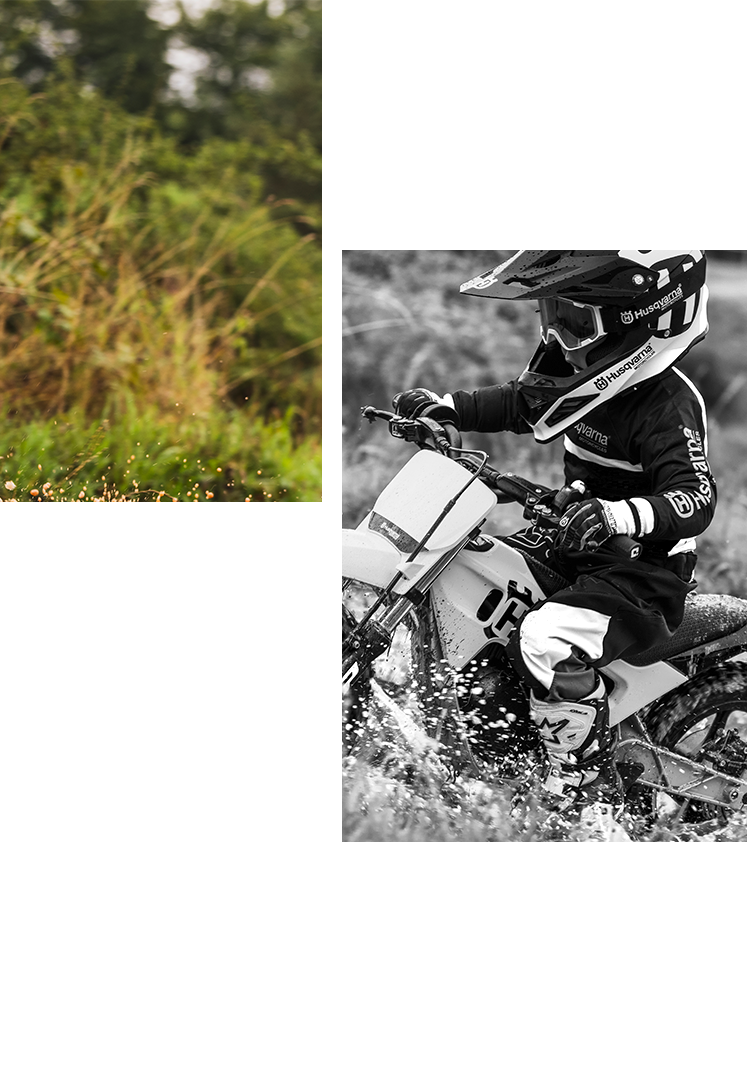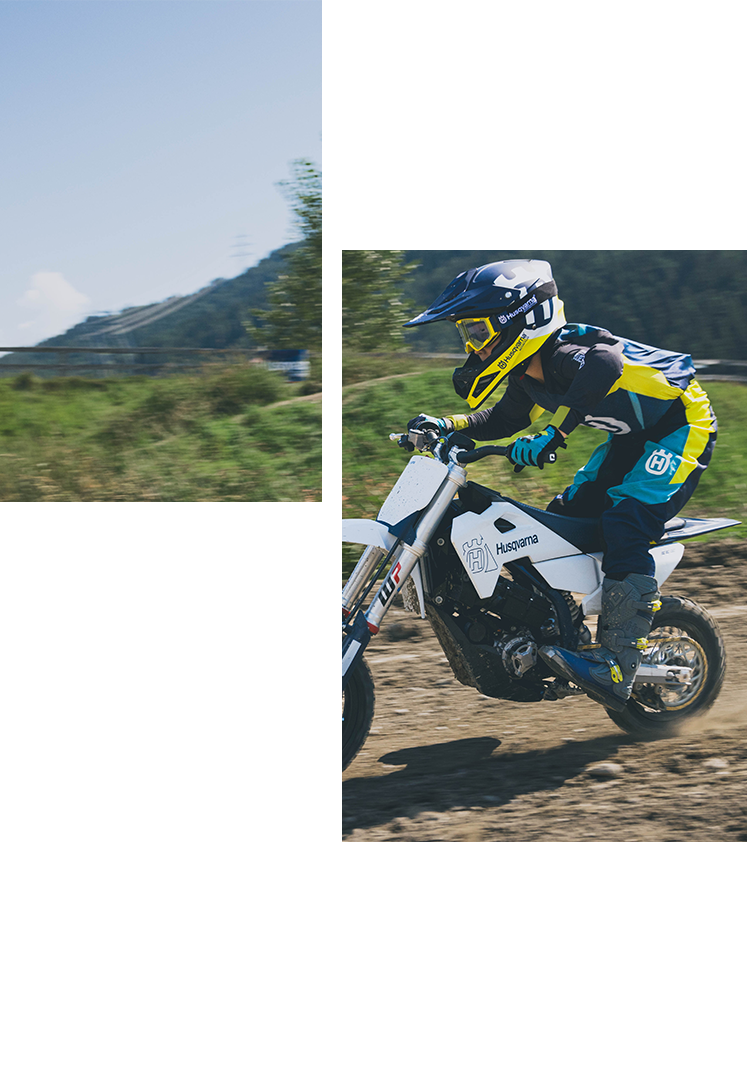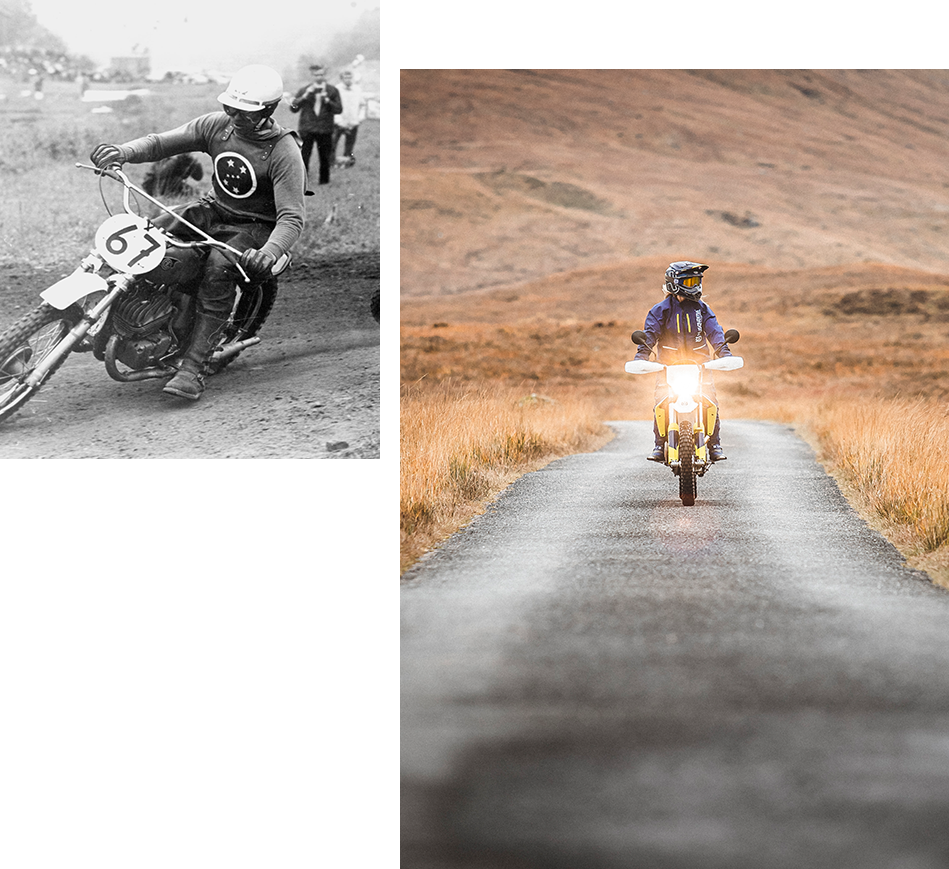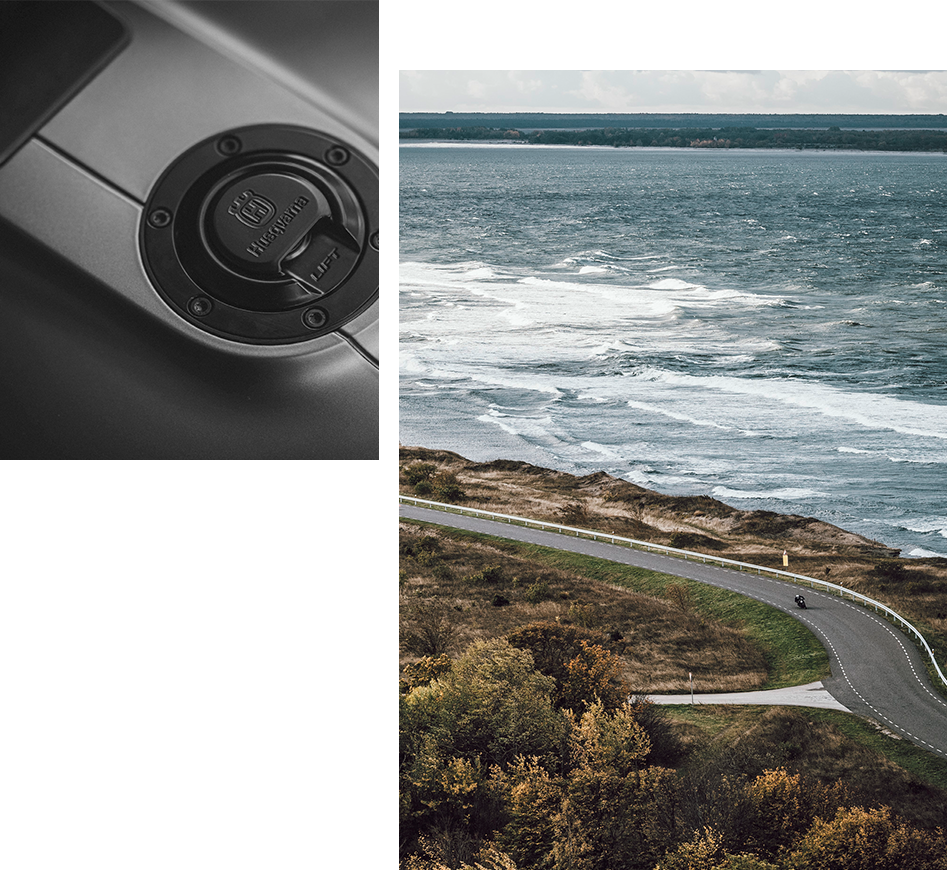Military sales
By Kenneth Olausson
At the end of 1964, Husqvarna was back in business with the military, who had always favoured motorcycles to be part of their vehicle equipment. The Swedish brand had sold some bikes in the 30-ties, but now it was a serious order - the military asked for a quote for 5 000 machines!
At first, a prototype Husqvarna was built up to specifications from the military. Among other things the machine should be possible to equip with skis which was nothing new to the R&D department at Huskvarna. During 1965 the newcomer was tested under severe conditions, with few modifications at hand. Among other equipment was a tank bag and a rear rack to accommodate extra material. Husqvarna began production and was ready to deliver at the beginning of 1966, when politics set in.
Everything was delayed and the new model named MC 256A was stalled on production. In the meantime, customers in the United States demanded more and the importer Edison Dye decided to take advantage of the situation. He had a Sportsman version imported to the U.S.A. and it was nearly the same machine as the 256A, but, of course, without the skis and other unnecessary equipment...
As the time of delivery to the military grew closer, the order diminshed to a fifth of the original figures. No more than a thousend machines were delivered for terrain purposes in the military. As it turned out the Swedish brand was superior to the previous used foreign brands (machines from England, Germany and Czechoslovakia). Both durability and performance were more satisfying now with the "Swedish steel" biting.
A few years later the military planned for a new model, which would not be based on any existing material. But the "Request for Proposal" in 1971 did not only go to Husqvarna, but also to competing manufacturers. The new military thinking included details as an engine which kept running while the machine was lying on its side. They also wanted the wheels to be interchangeable. Last but not least: the newcomer had to be equipped with an automatic gearbox as the machines would also be ridden by inexperienced riders. This time, the size of the order was 3,000 units, to be delivered by the end of the 70-ties.
After having developed a suitable new machine, three manufacturers went into further discussions with the military. During testing, it turned out that none of the prototypes were good enough to pass the request list. A second round was initiated, which gave Husqvarna and Hägglund each the chance of improving their prototypes. The new machine used an automatice gearbox with a centrifugal weight clutch and freewheel for each gear. This way, the selected gears were depending on the speed of the rearwheel. The construction consisted of a gearbox with only three gears and worked well from the start of the tests. The machine was also included in the "International Six-Days Trial, ISDT" in 1973 which gave the general public a chance to see this latest development from Husky. However, to everybodys' surprise, Hägglunds was awarded the final contract as "they had submitted a most innovative design in their presented prototype".
But Husqvarna did not give up. They had been very successful in the ISDT and continued developing a commercial machine. It would sell as a street machine with excellent performance also off the road. Only a year and a half later, Hägglunds realized that they had failed making a production vehicle from their appreciated prototype. Husqvarna was asked to take over the responsability for delivery. This came in handy with the developers in the company and a special group was formed leading the way. It took until the fall of 1976 before everything was negotiated from both parties. But further delays and discussions set the final delivery of a thousend machines to 1980/81 when the elusive Husqvarna model 258 was handed over for military purposes.
